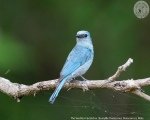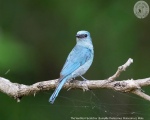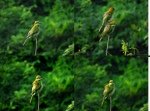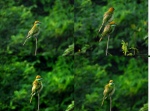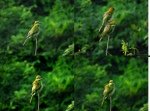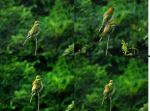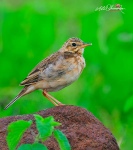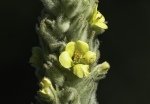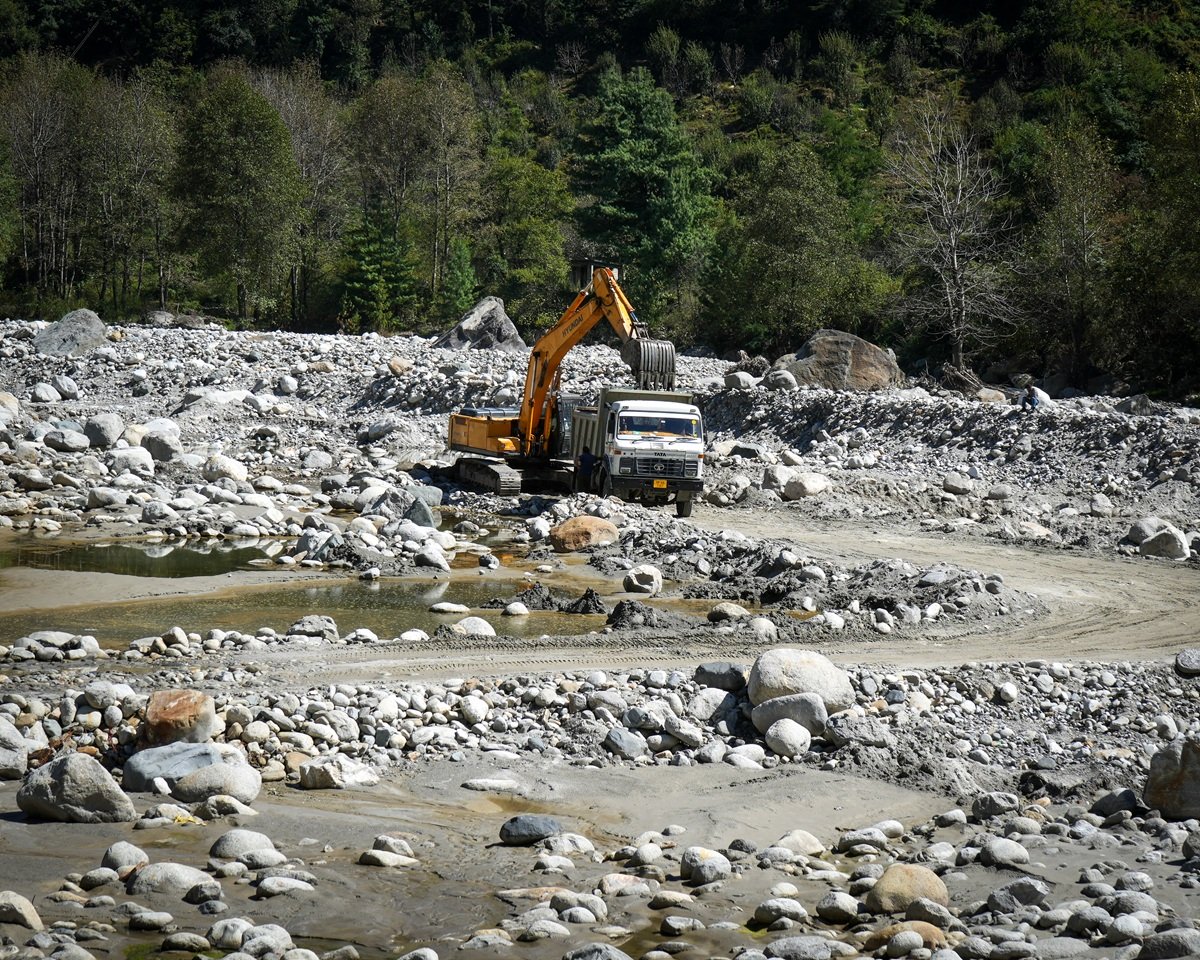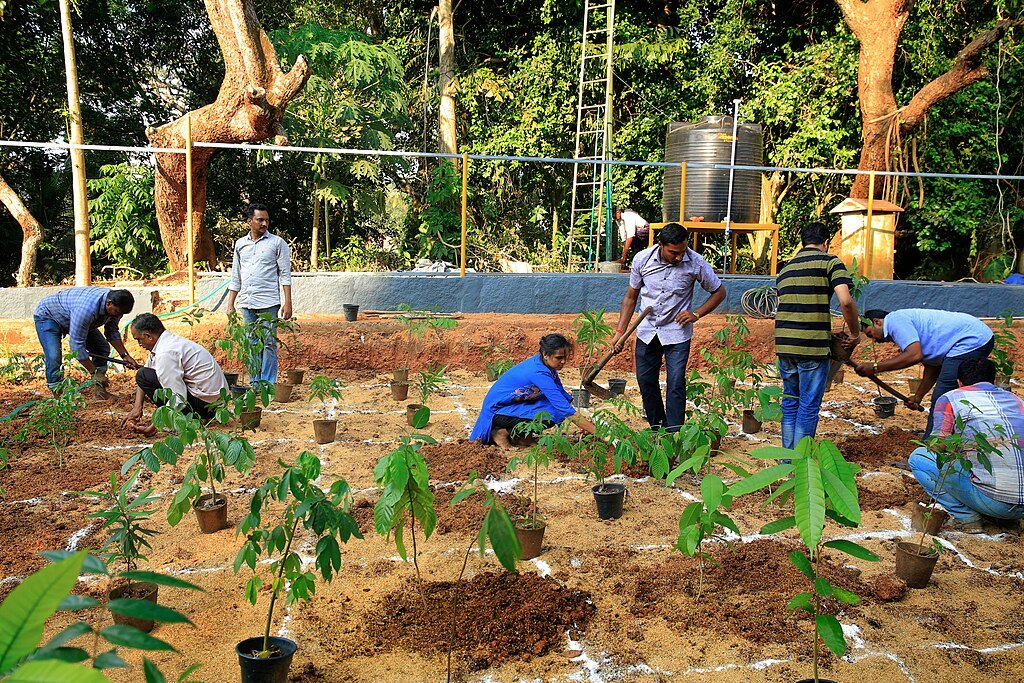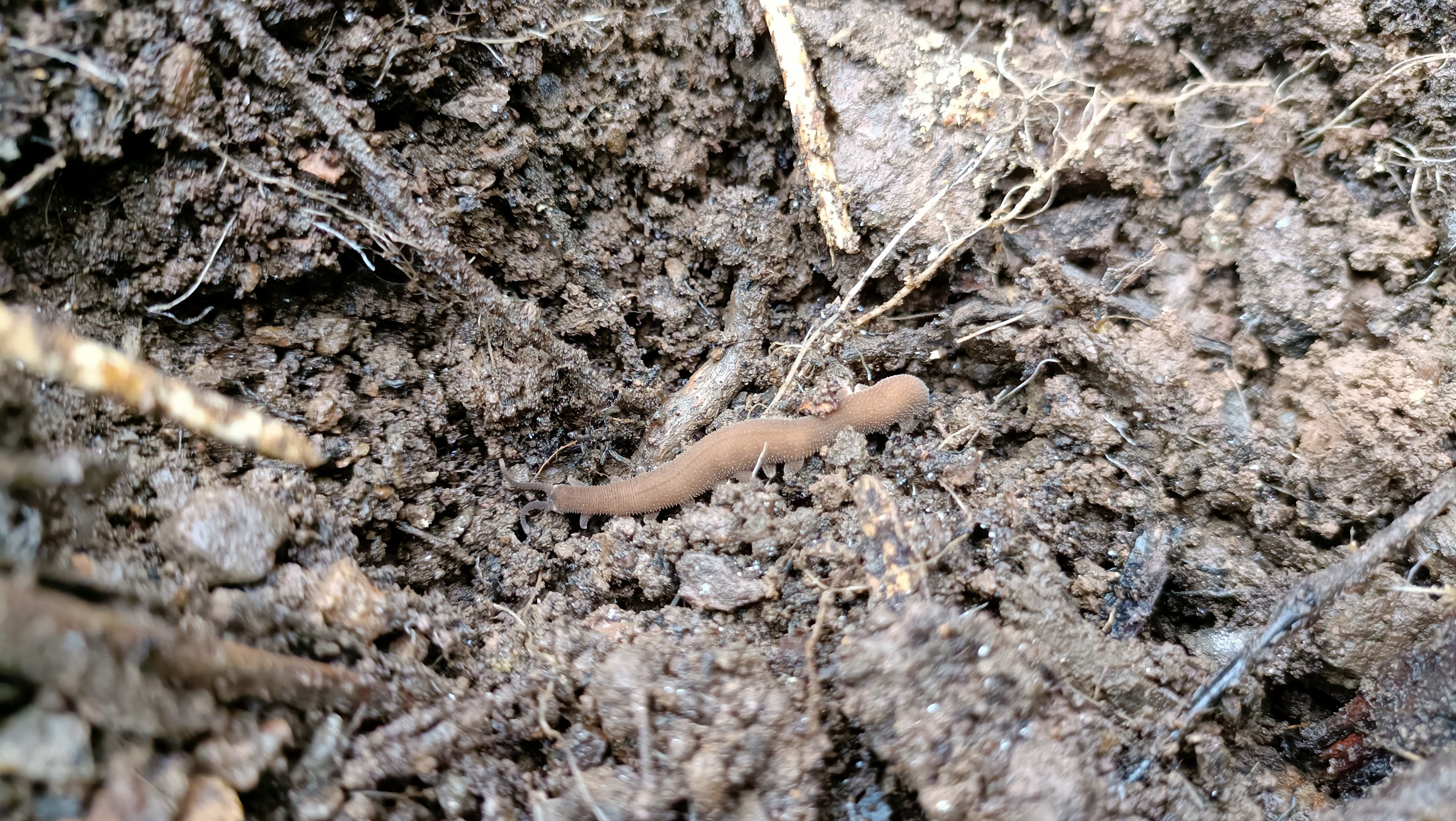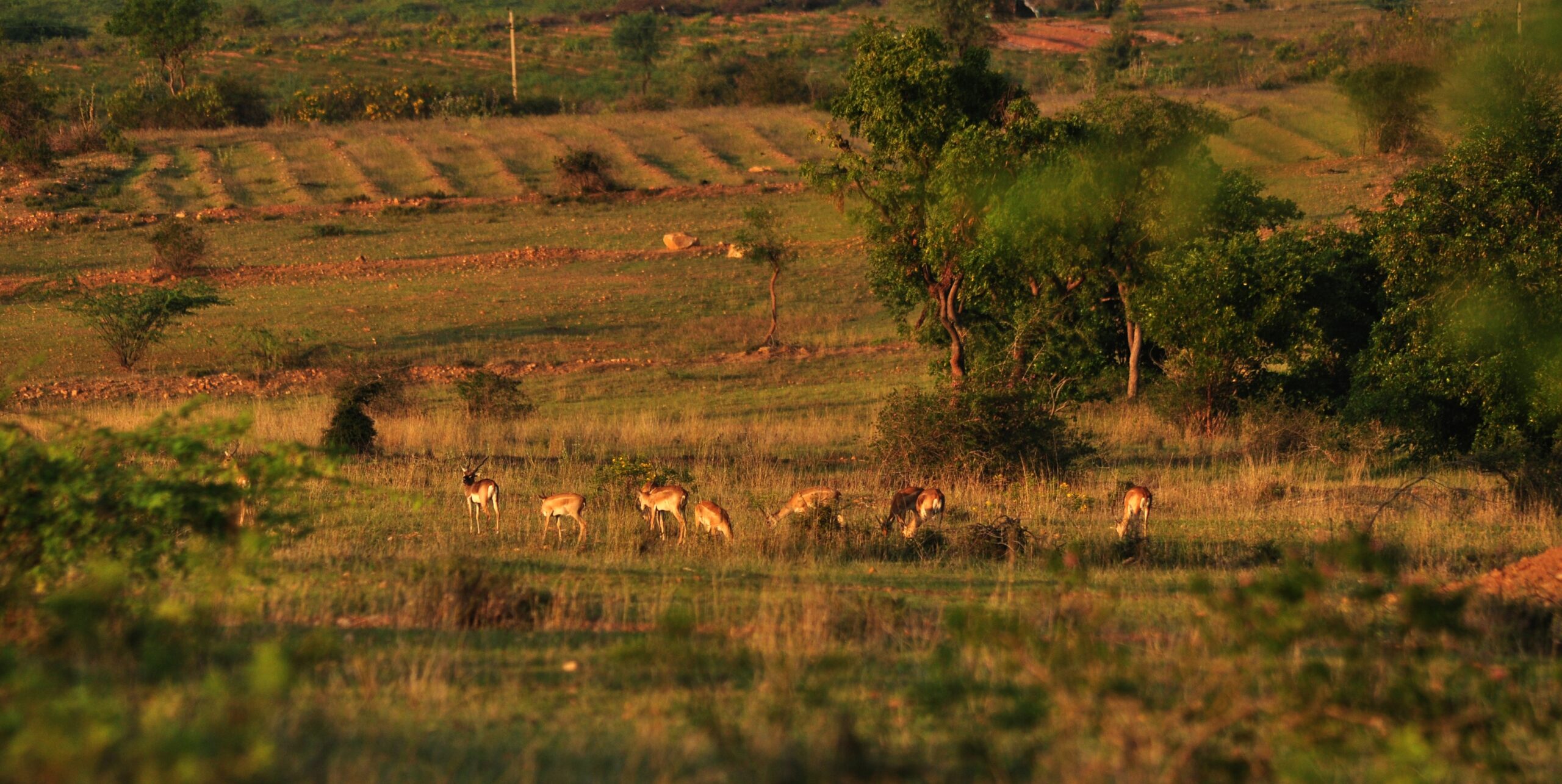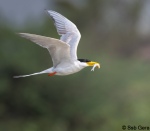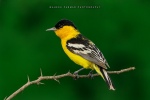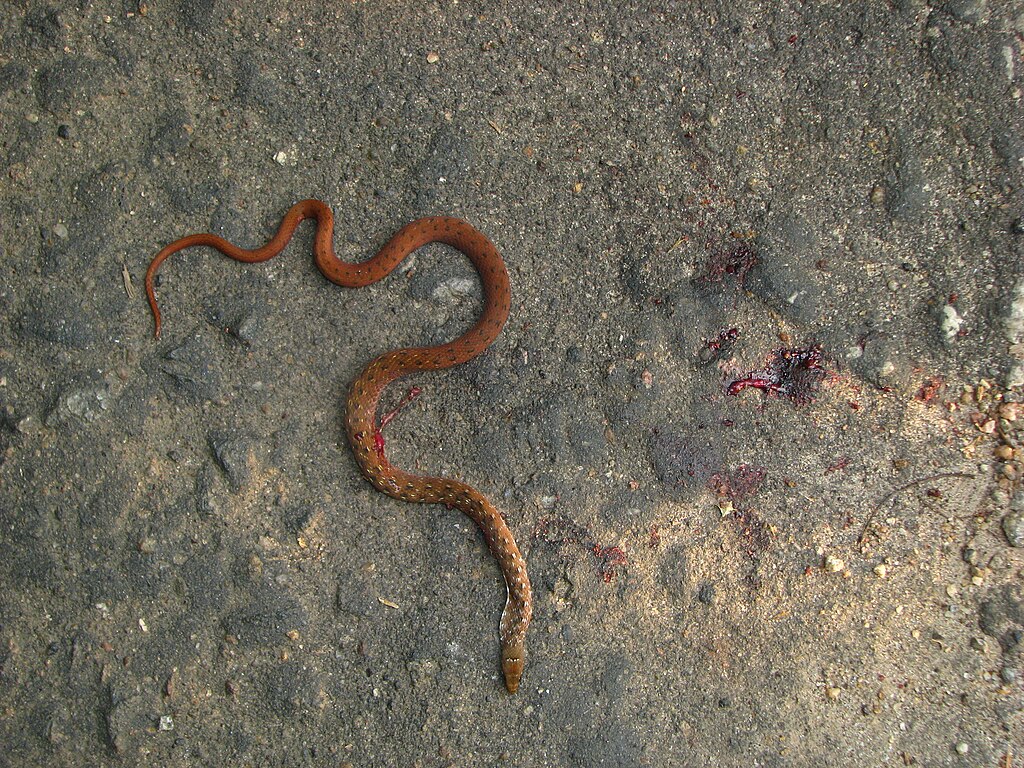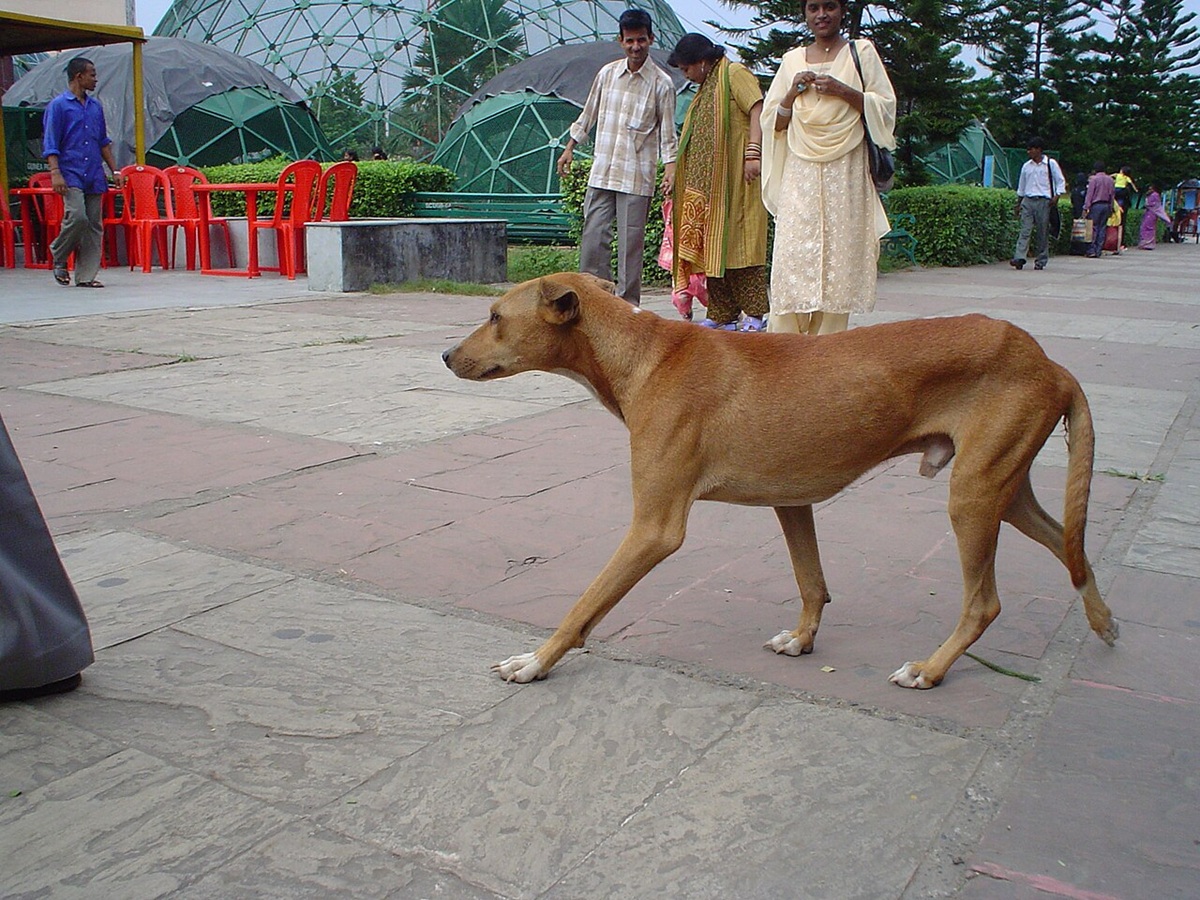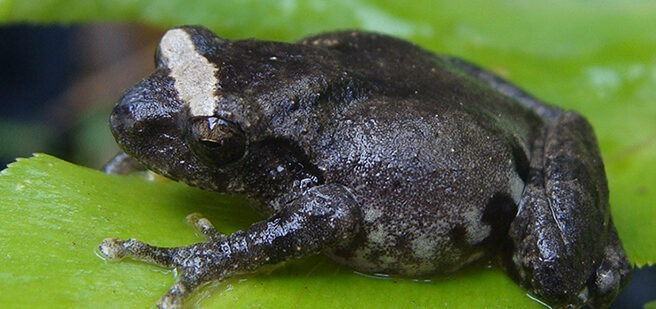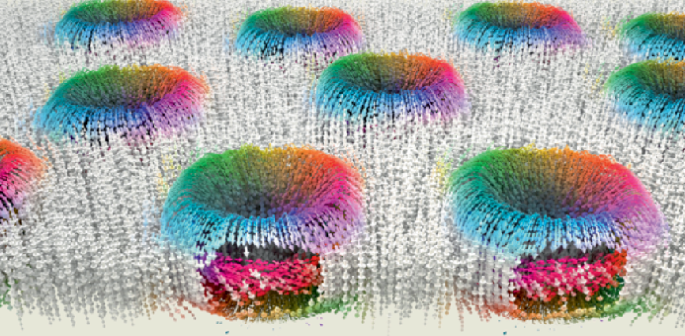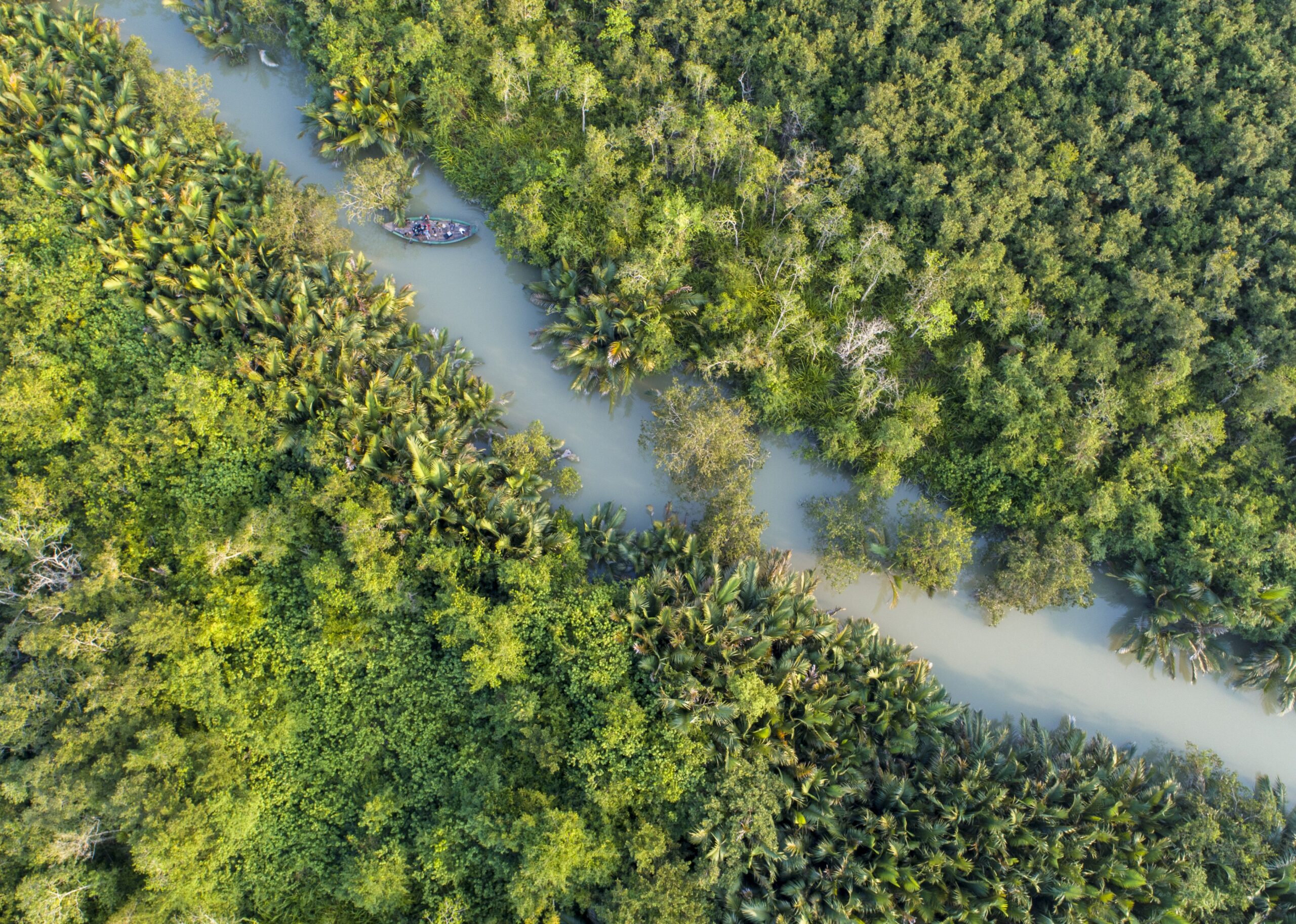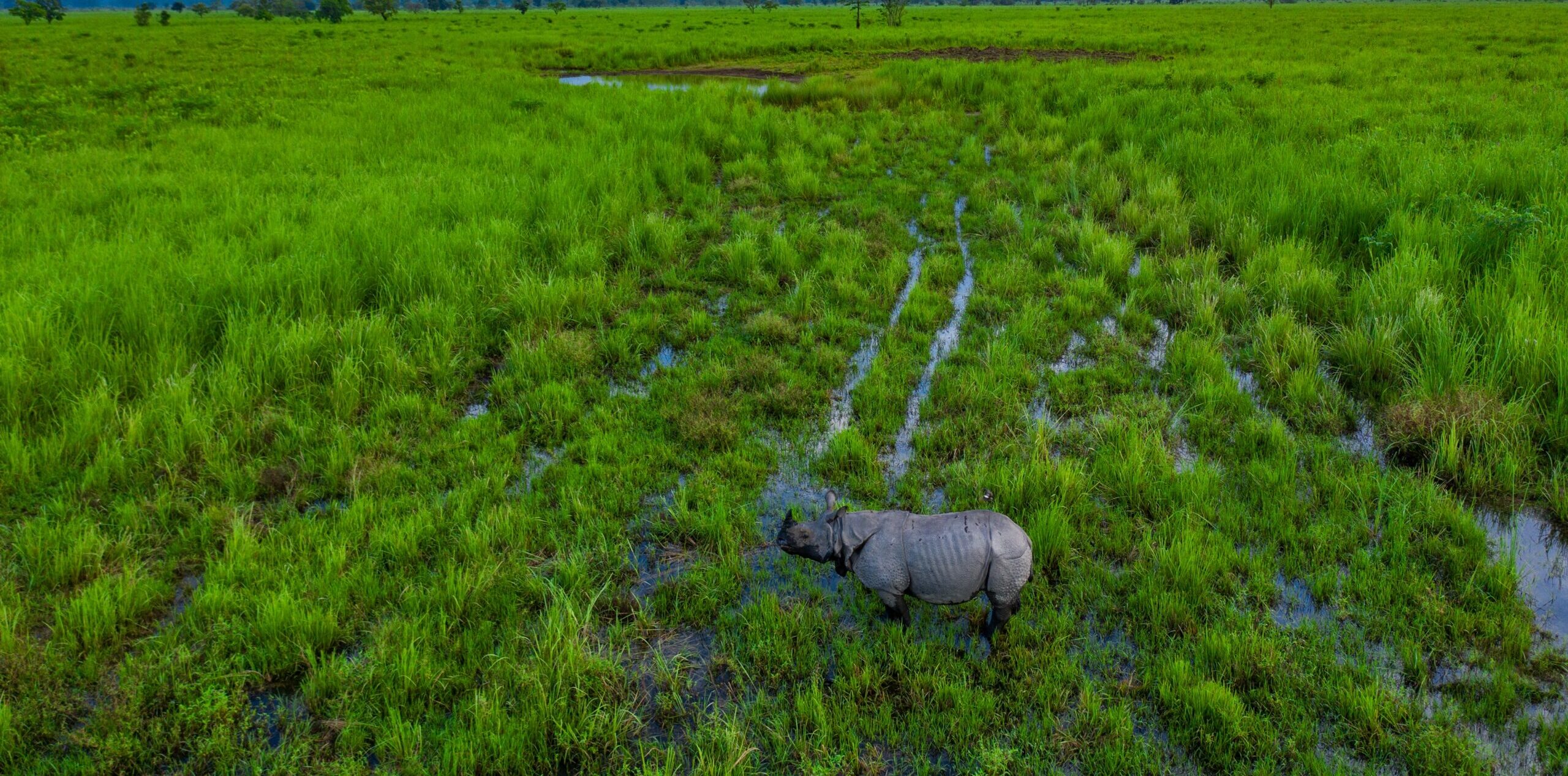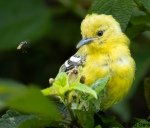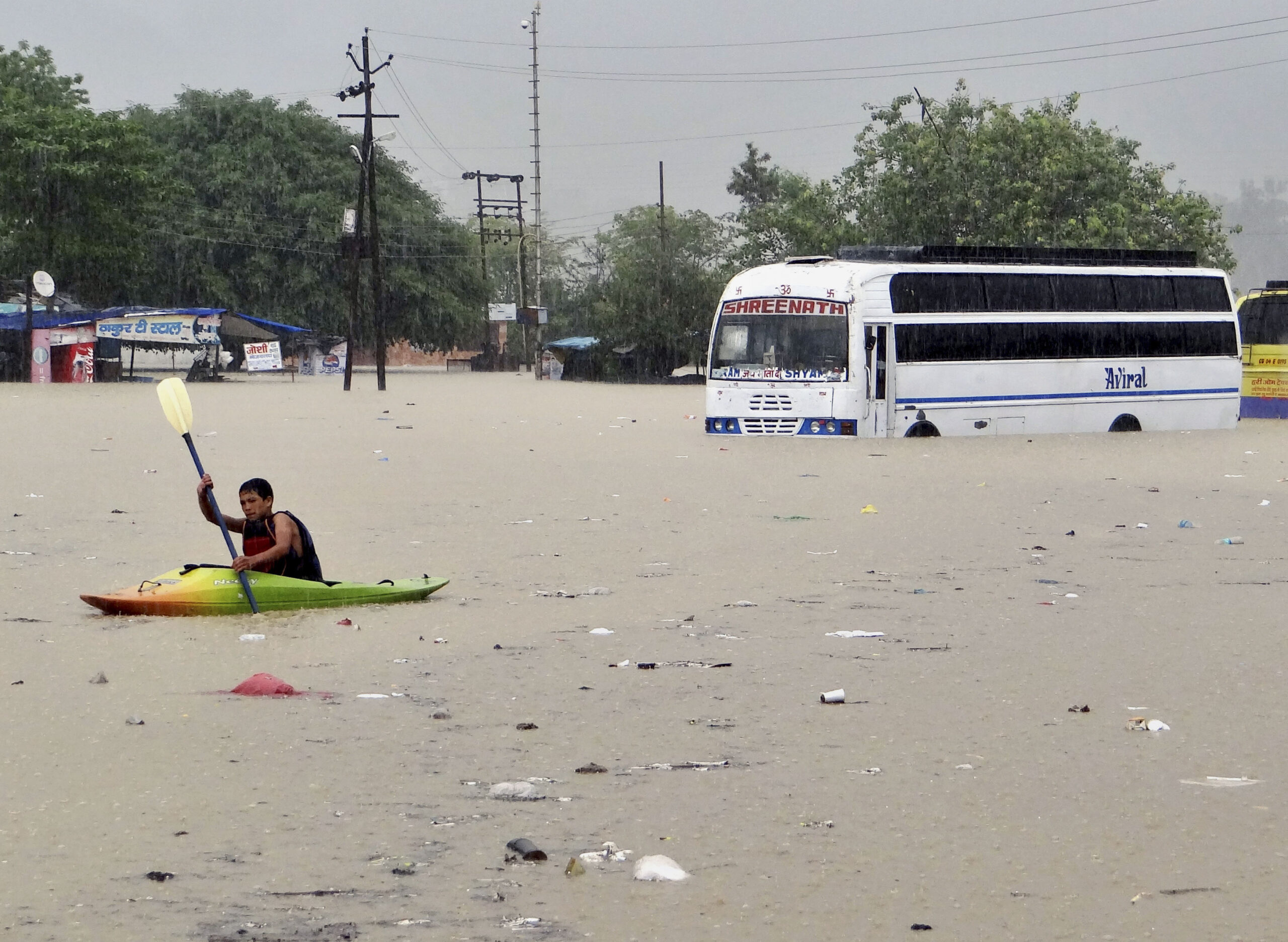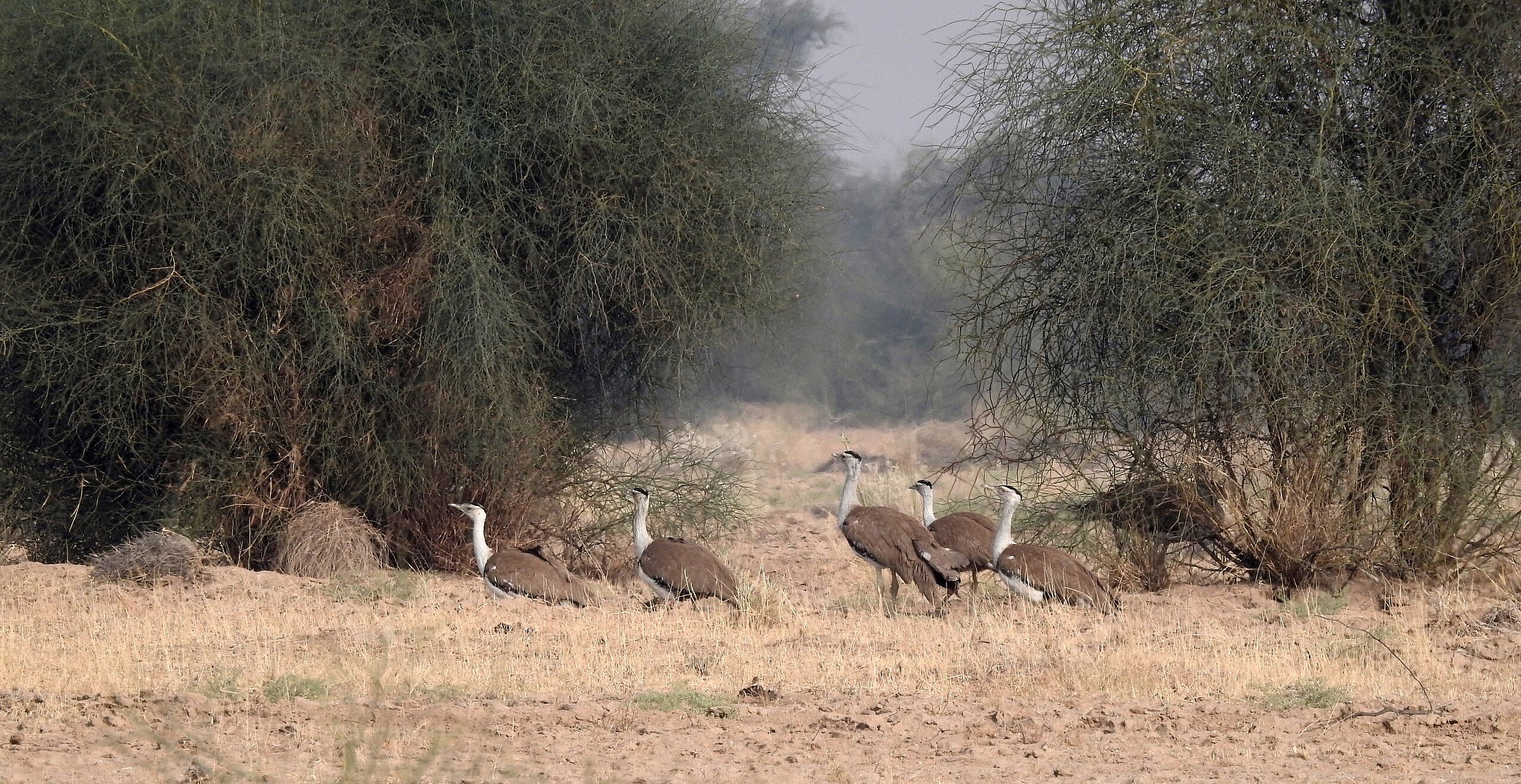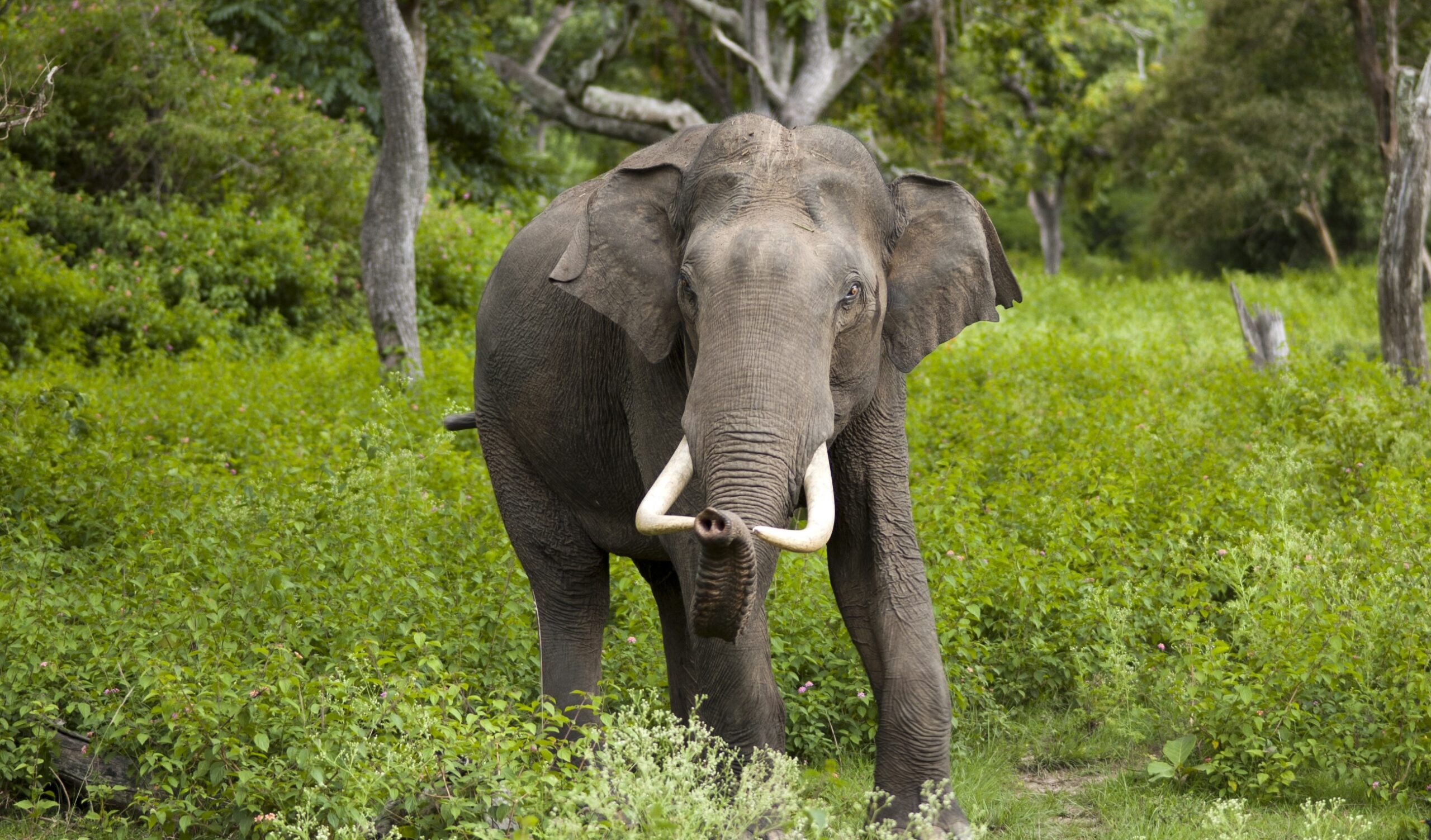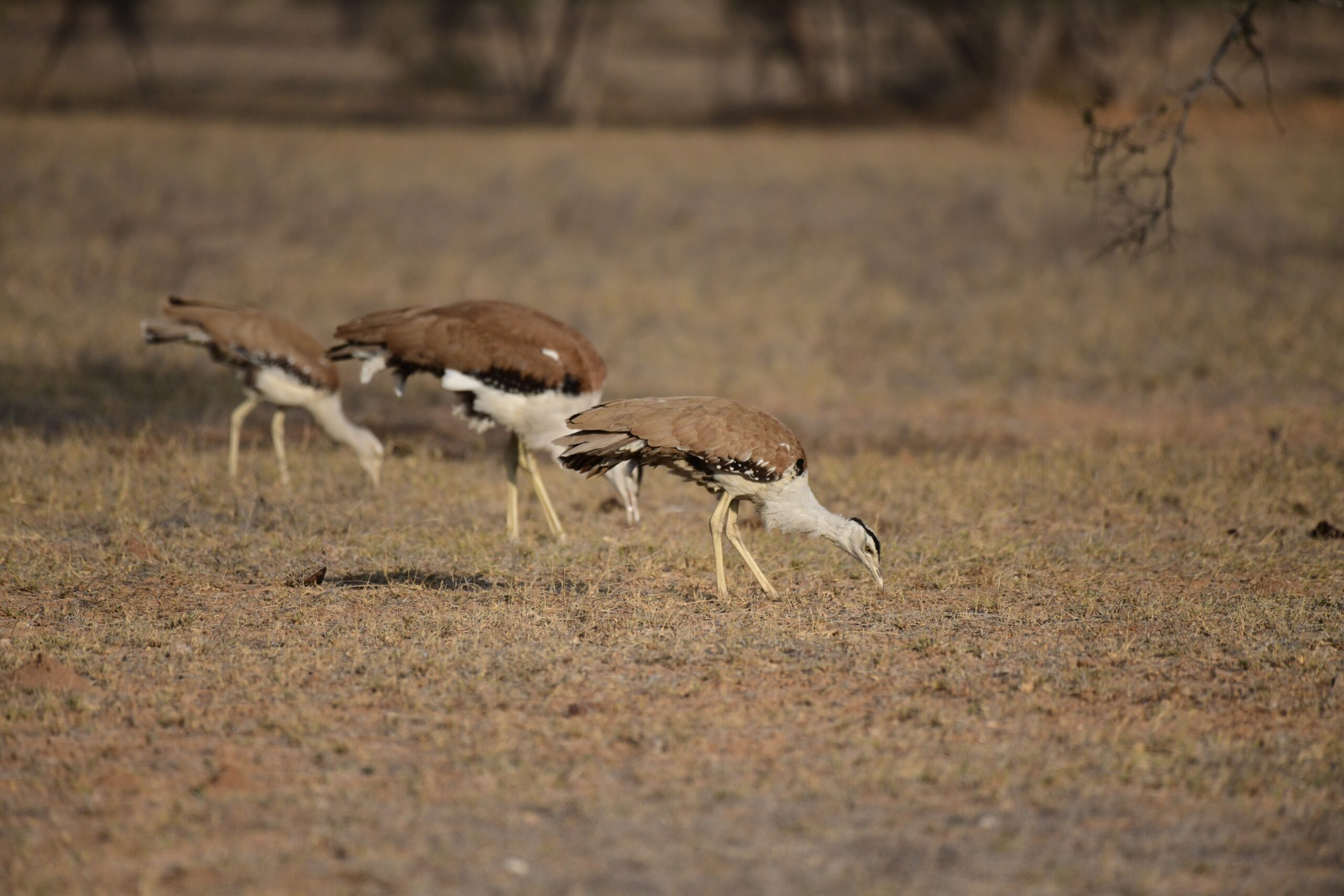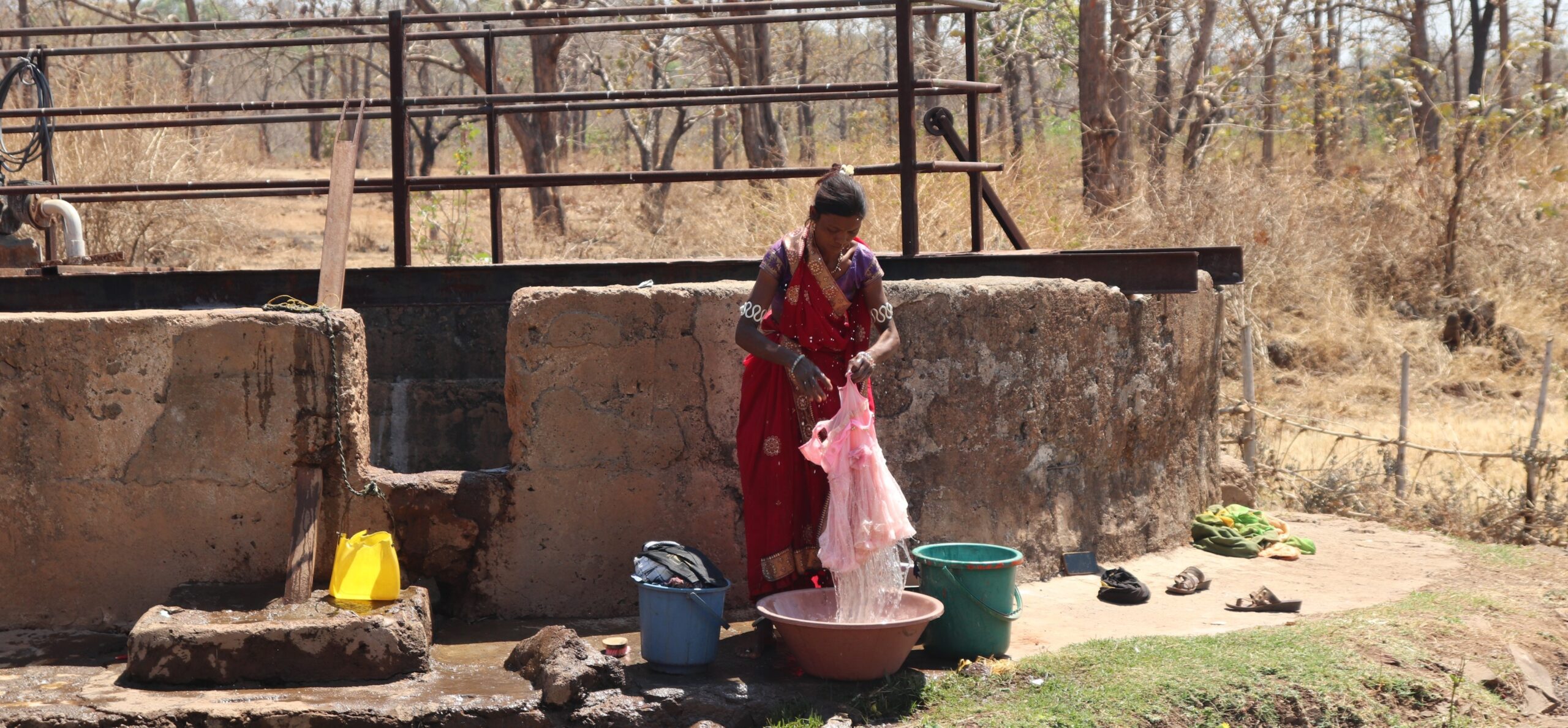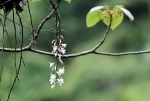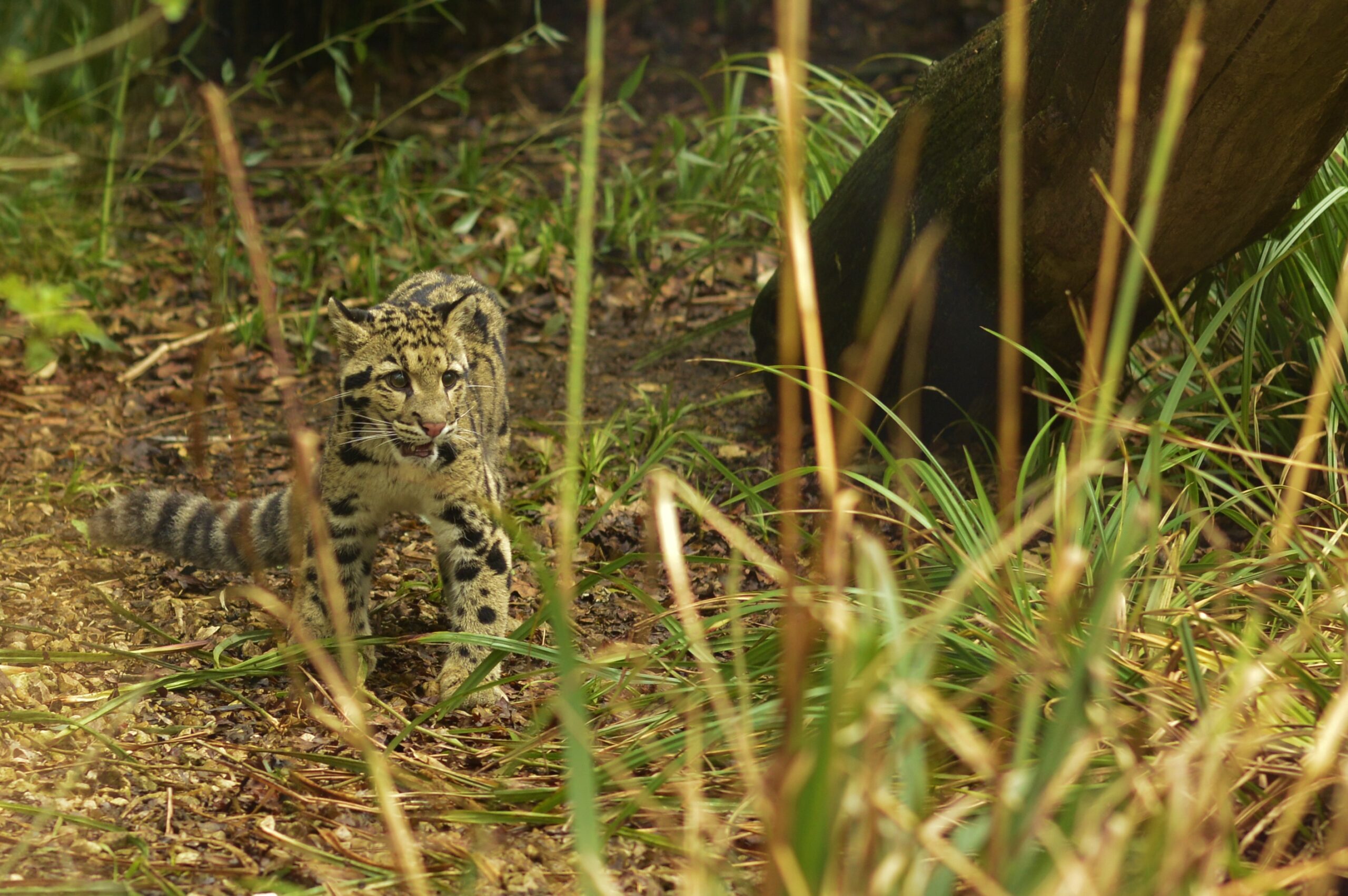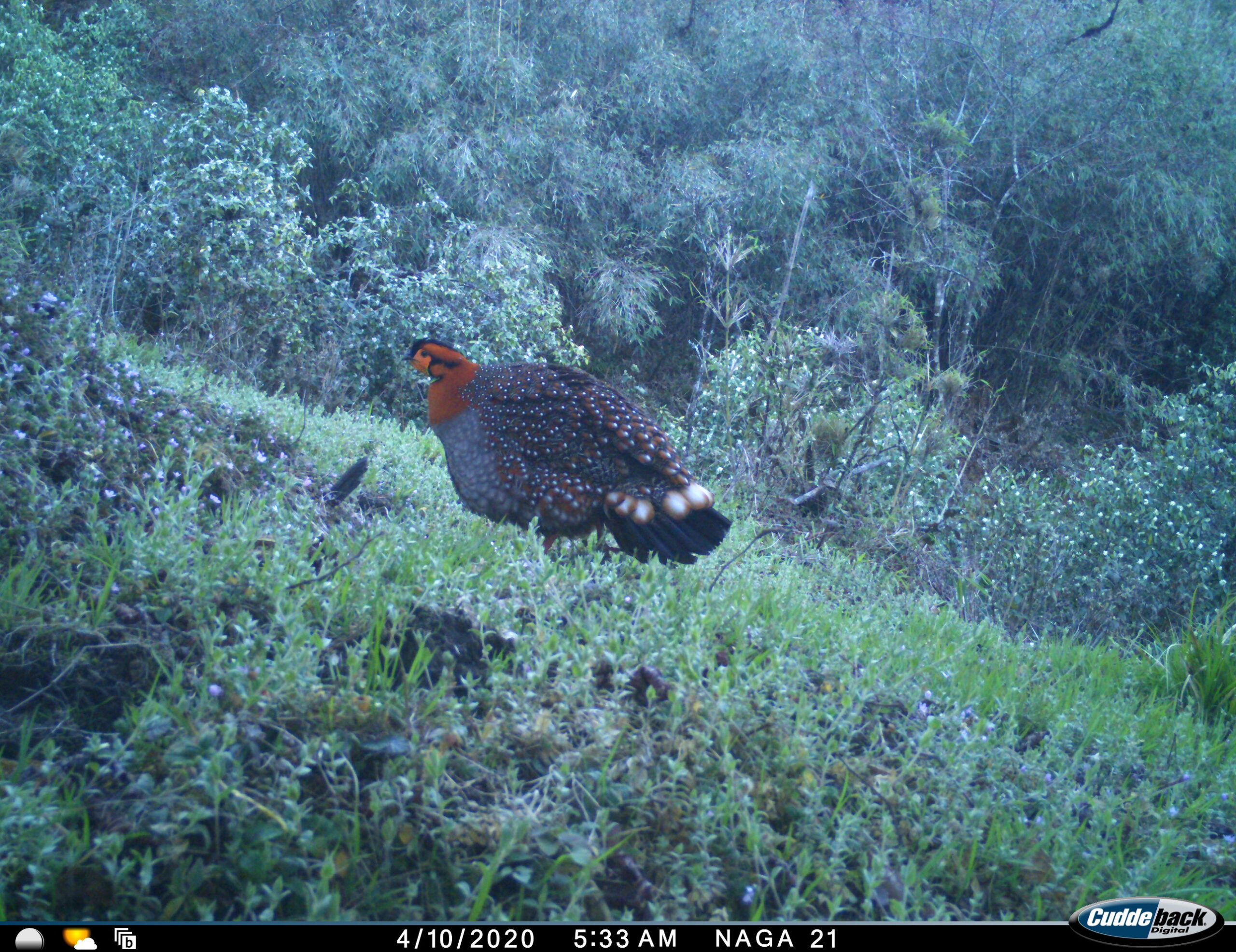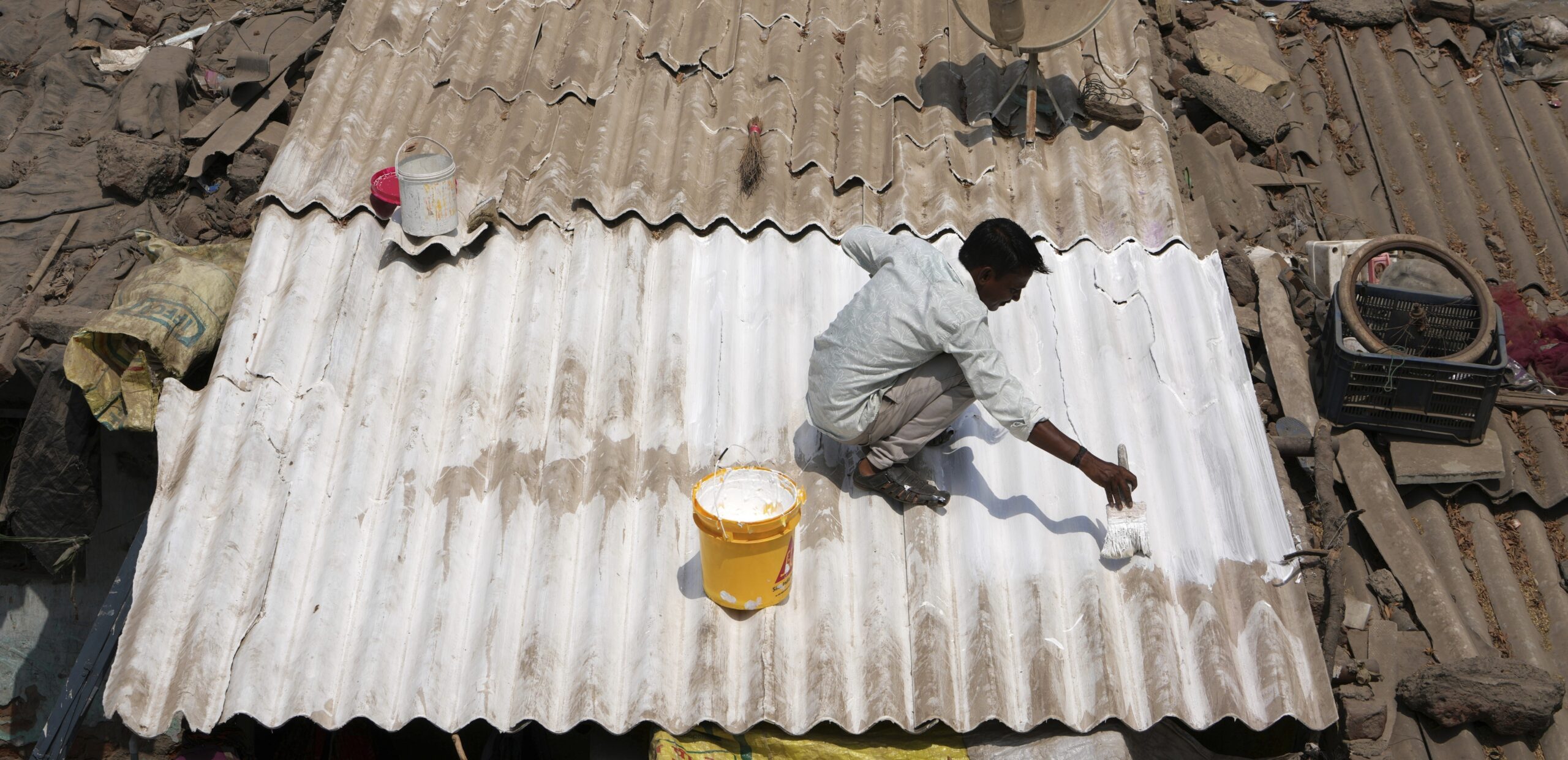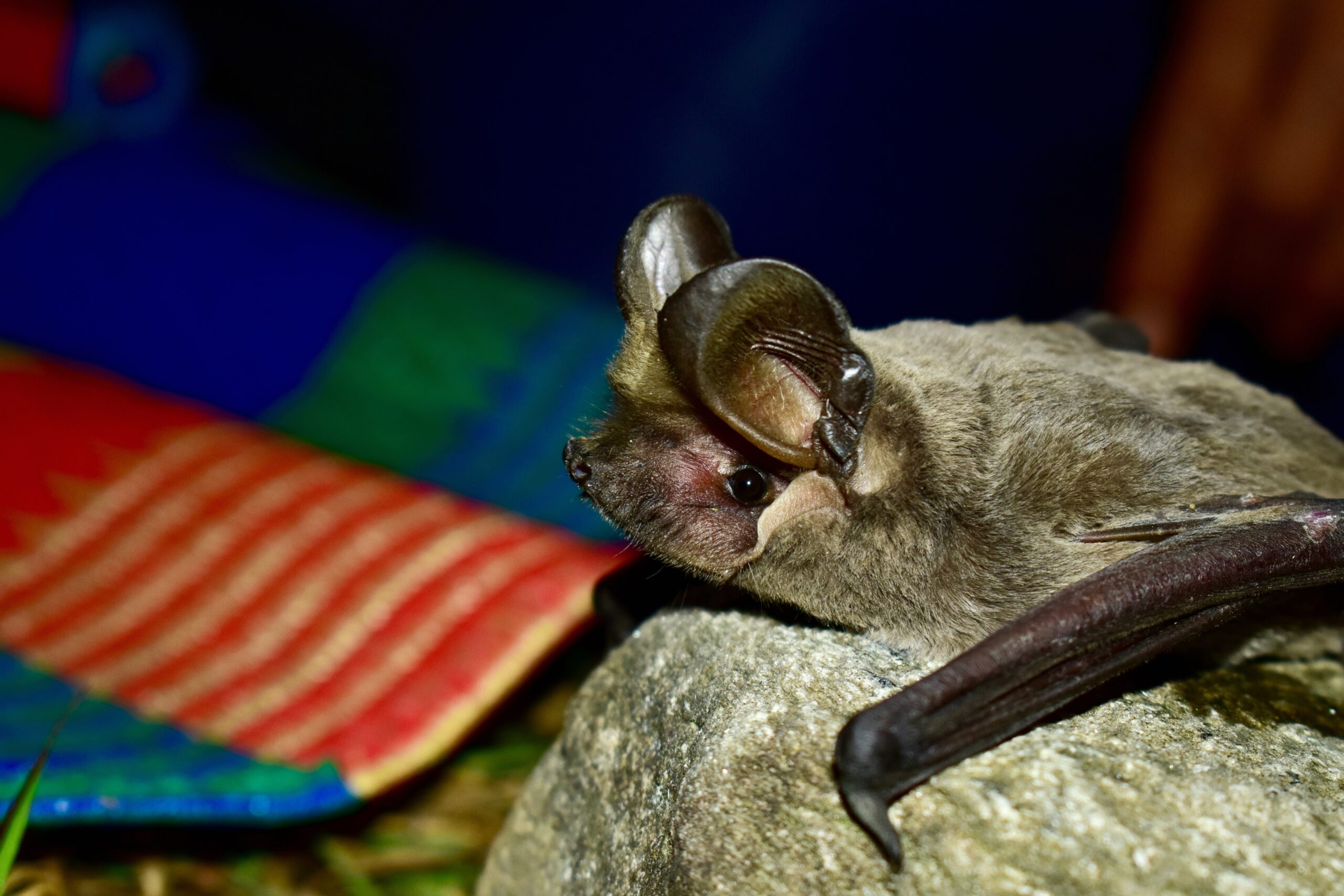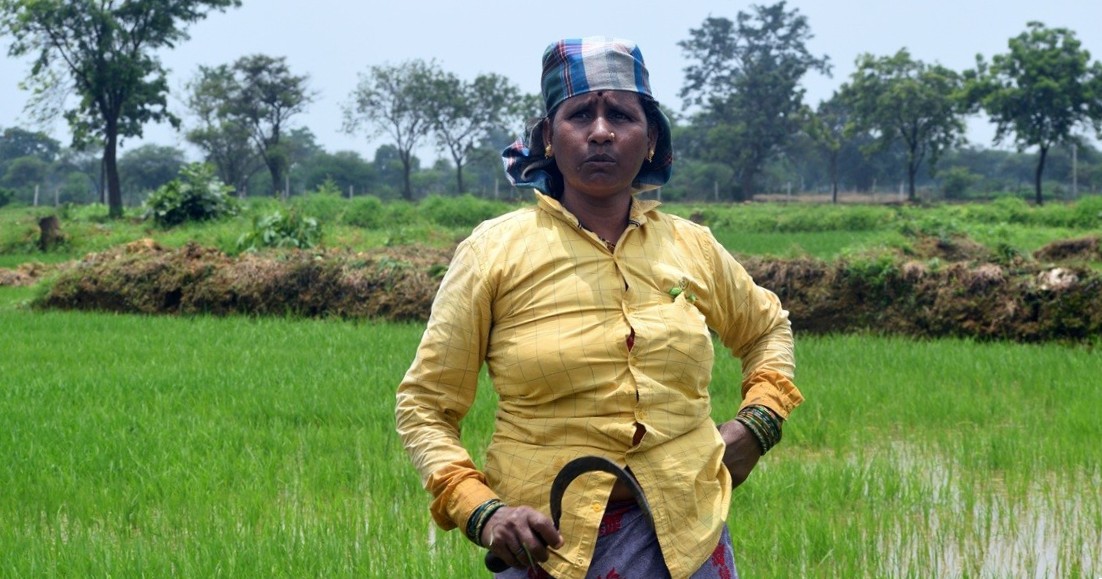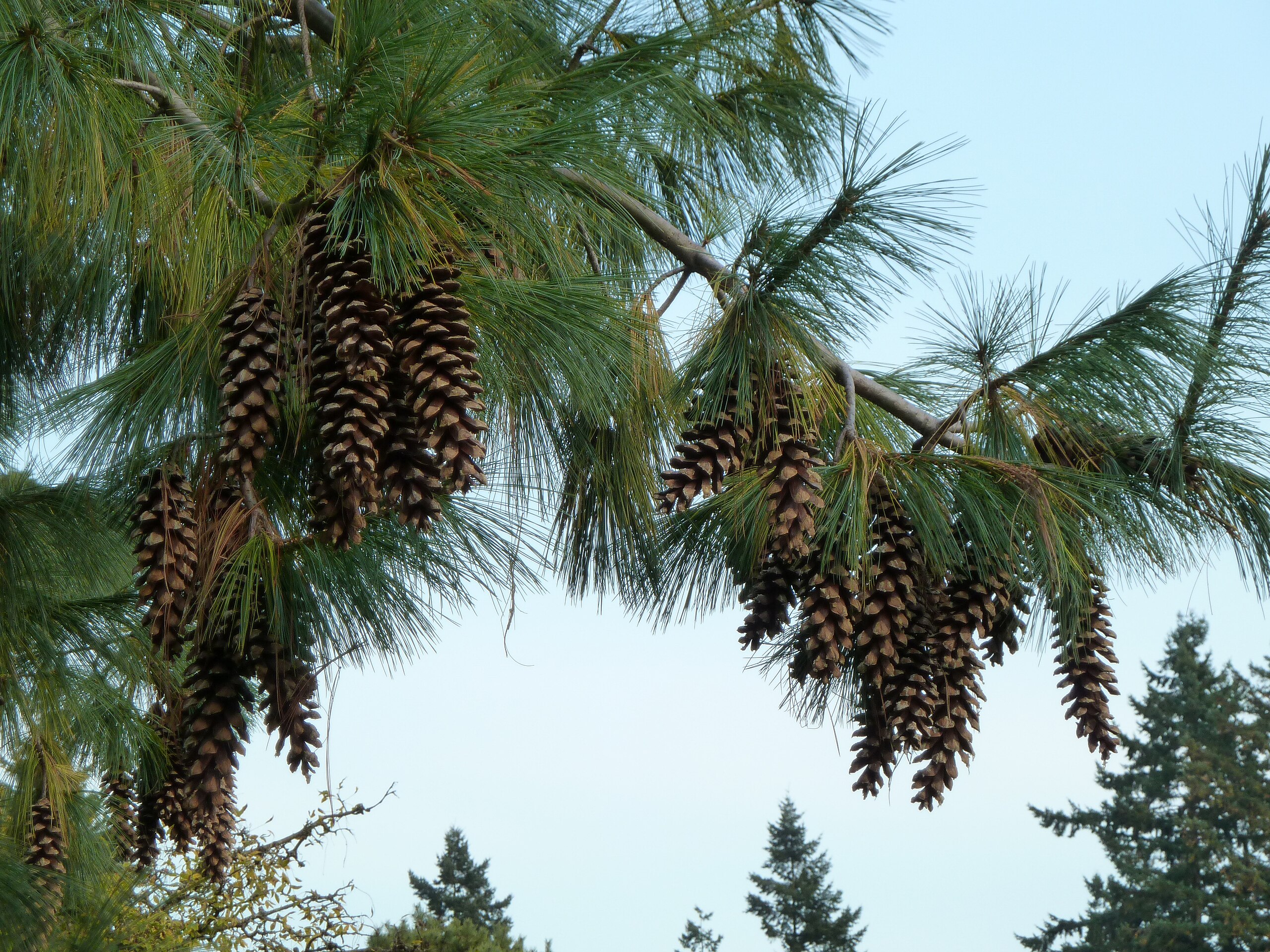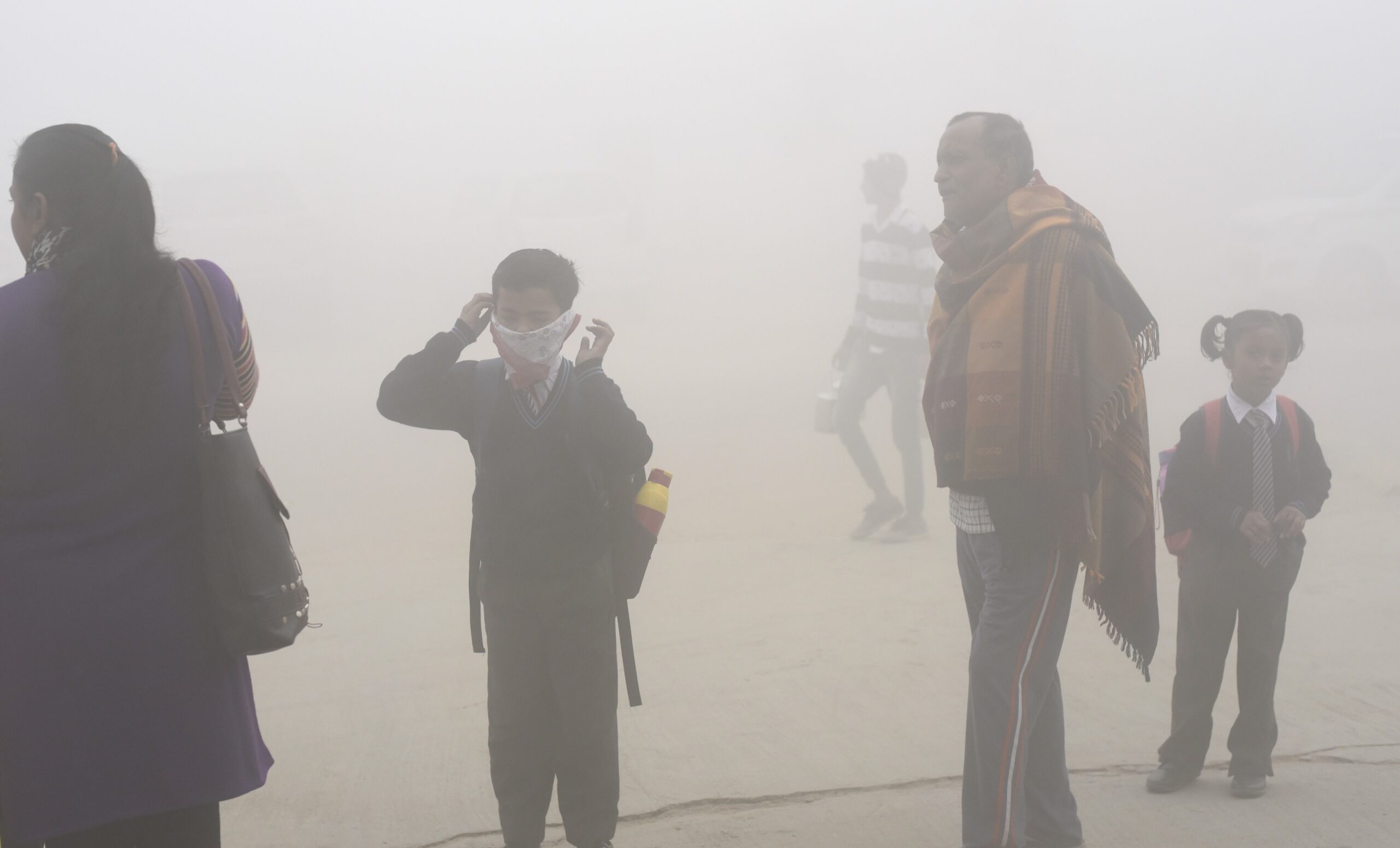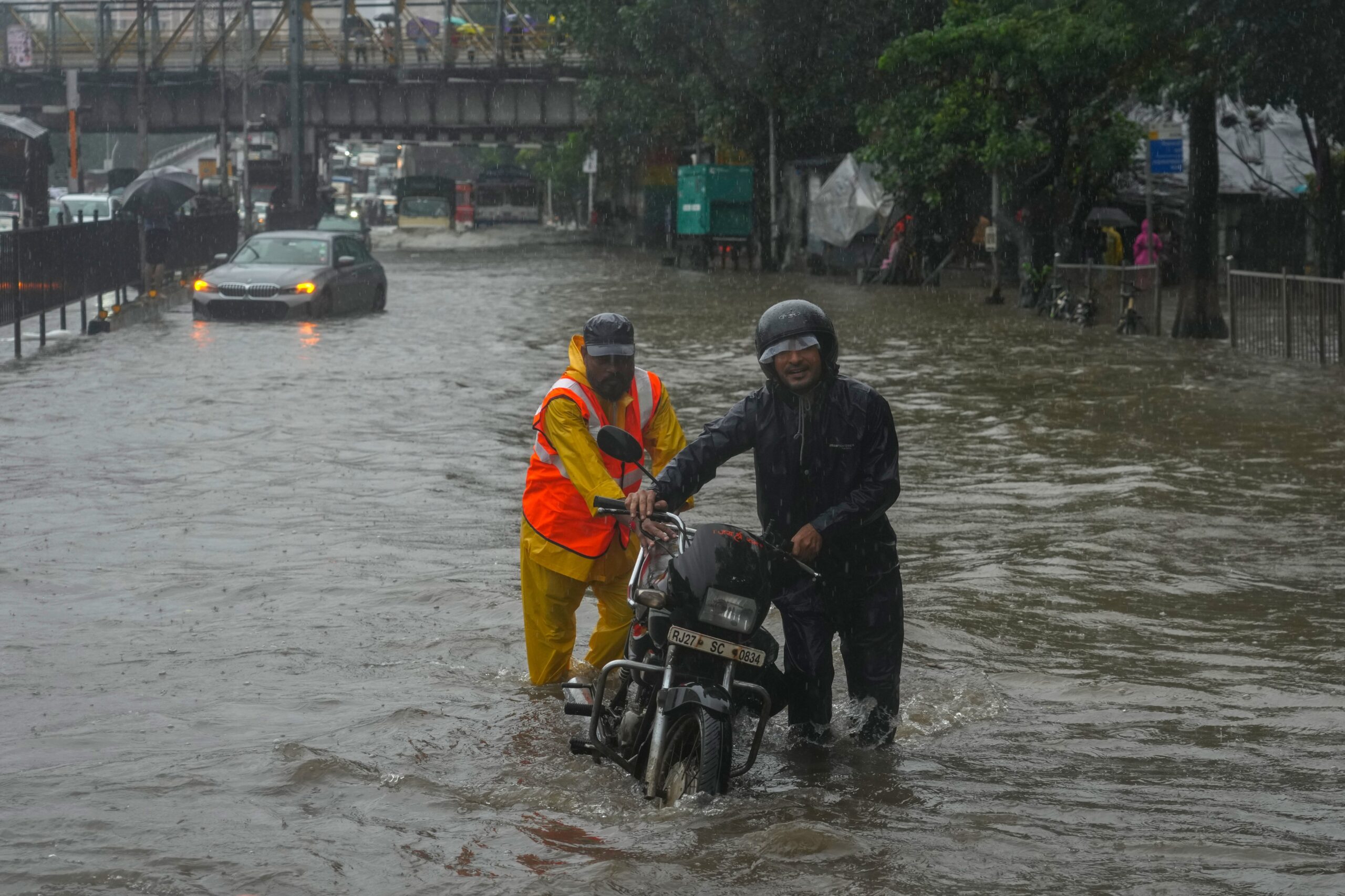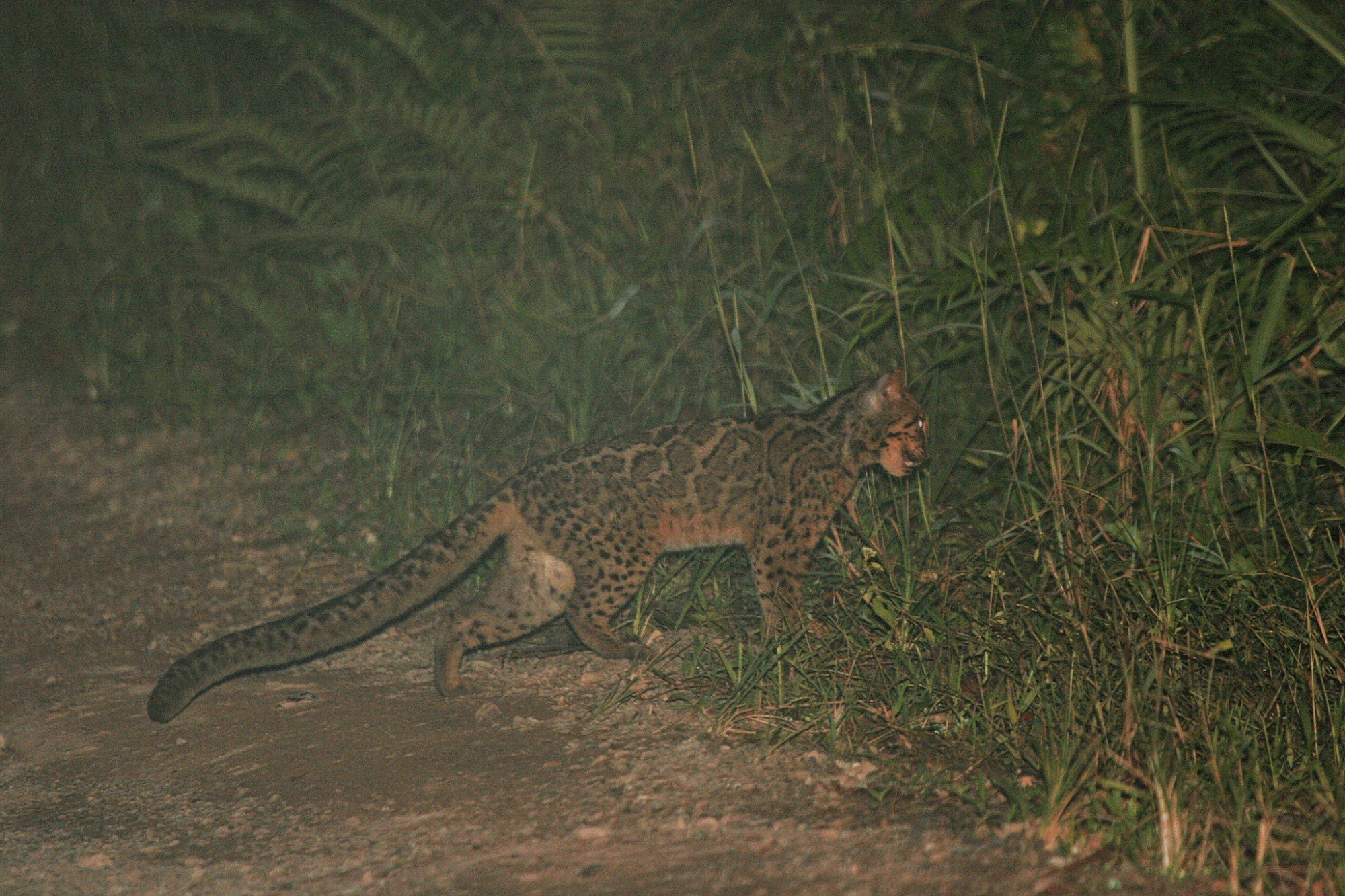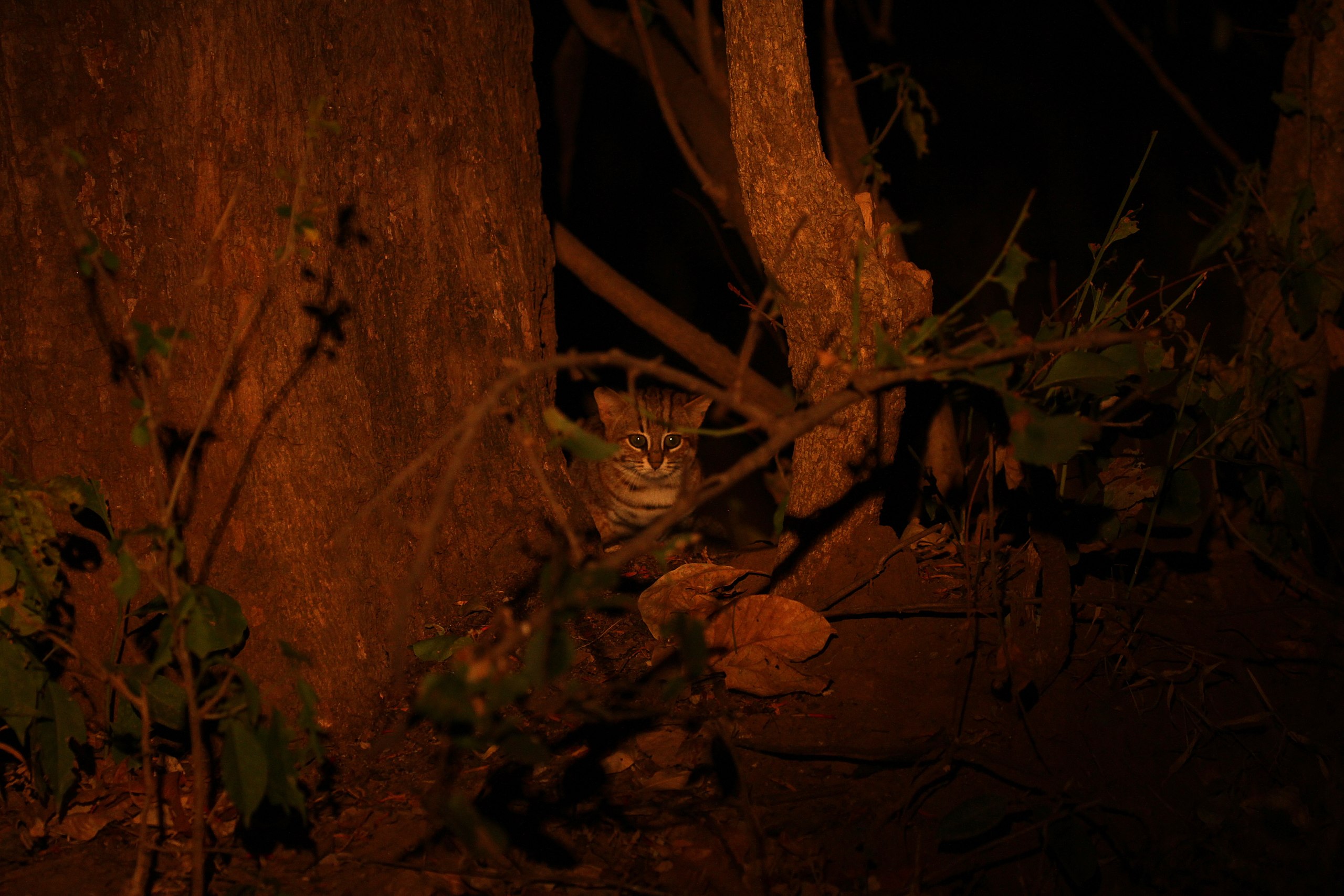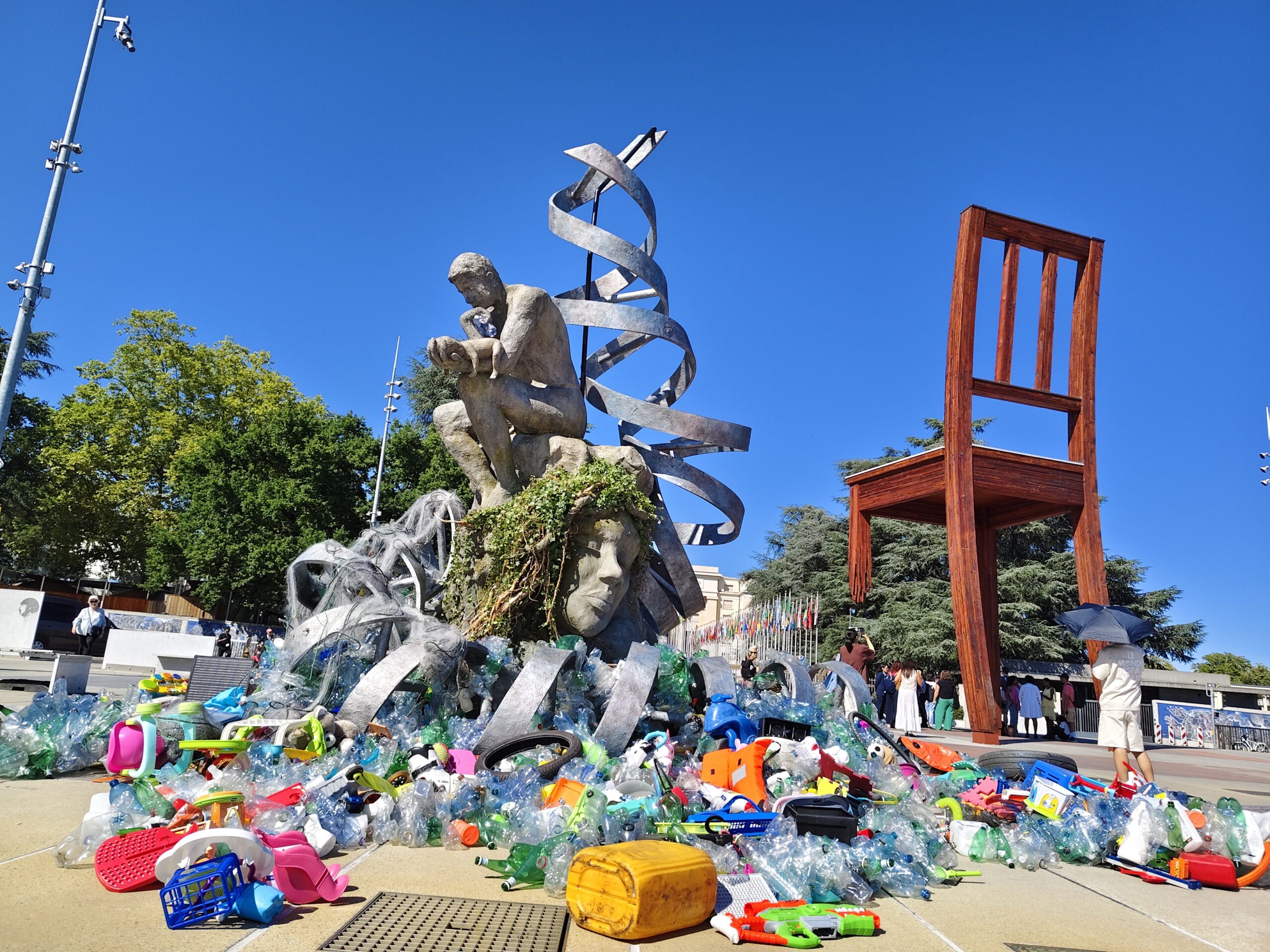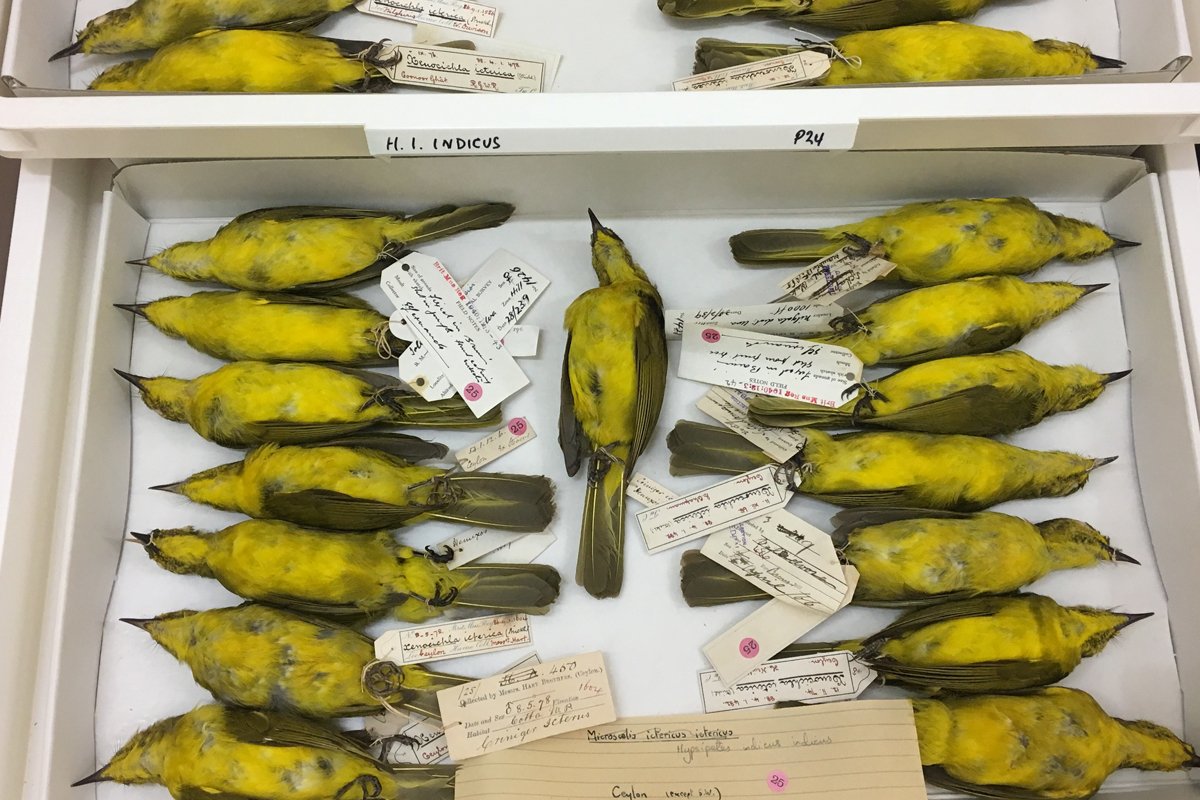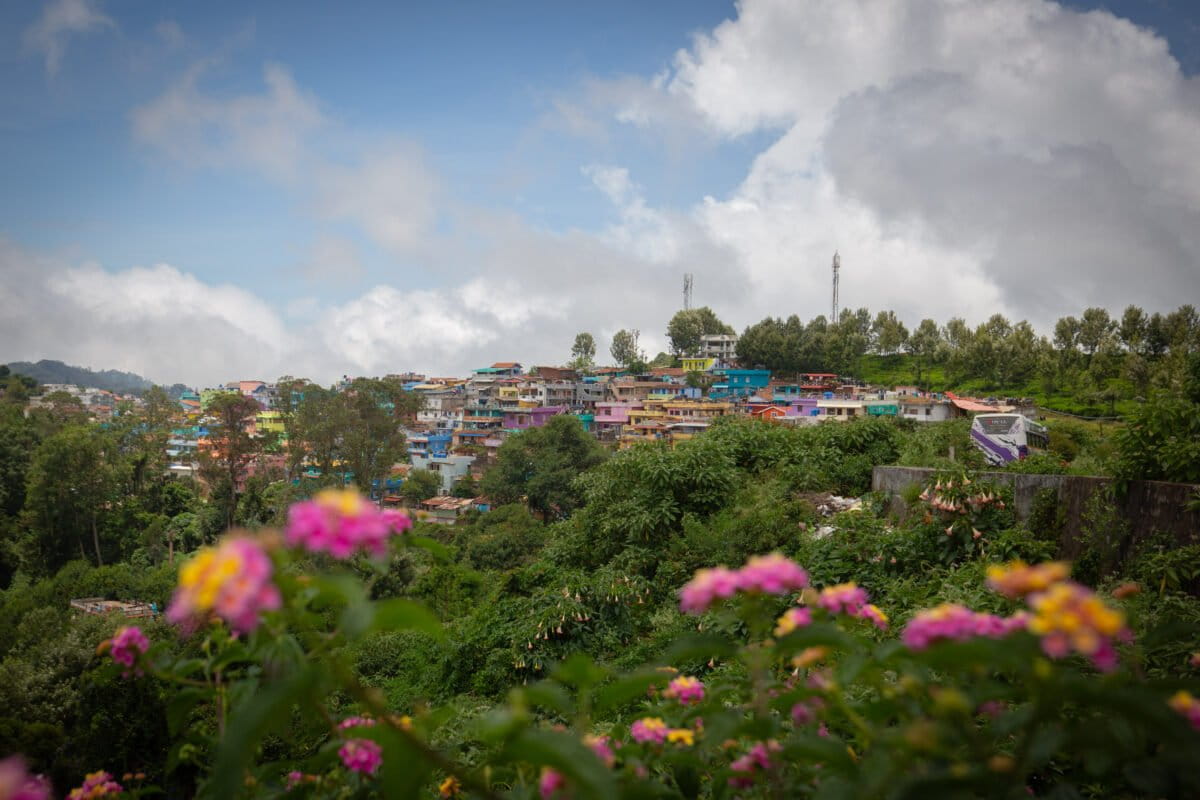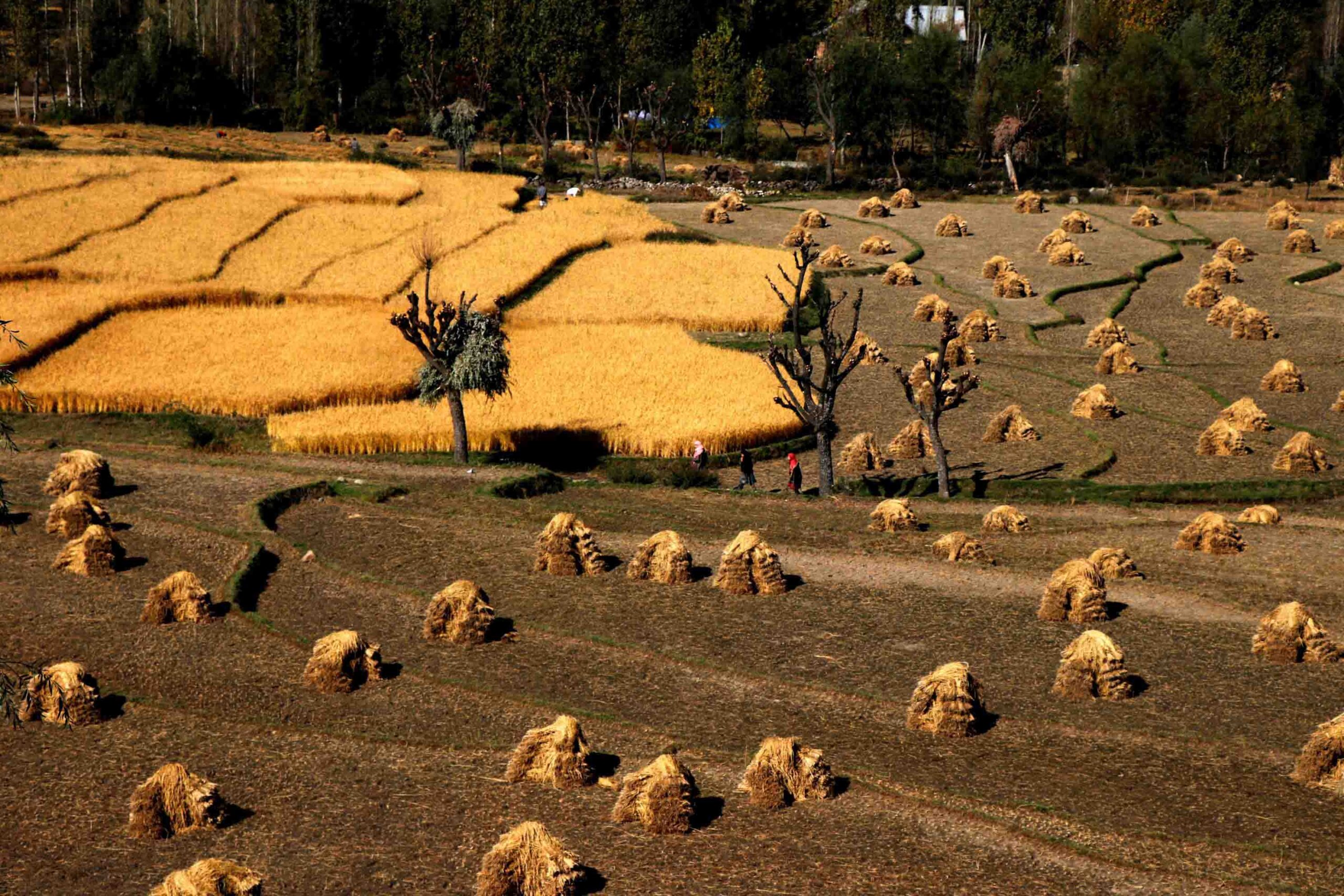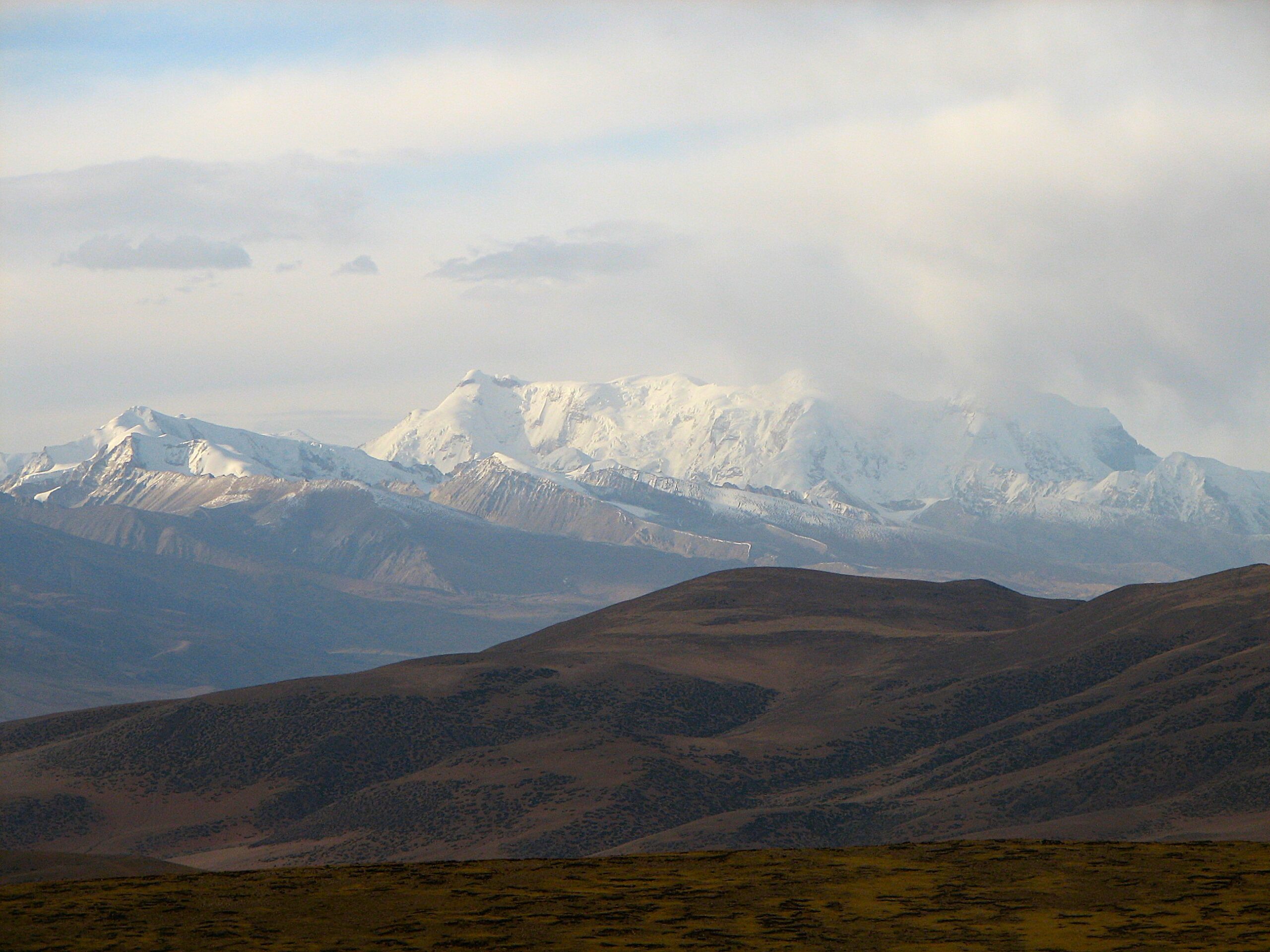
- In this interview with Mongabay India, filmmaker Sandesh Kadur talks about filming for his latest documentary feature titled ‘Nilgiris: A shared wilderness’ about India’s first biosphere reserve.
- Kadur talks about the challenges of filming inside and outside protected areas, spotlighting lesser-known species, addressing human-wildlife conflict, and more.
- He says that combining education with entertainment is how wildlife stories can make a wider impact.
“People can’t protect what they can’t see,” begins Sandesh Kadur. “My job as a storyteller is to make people see, because it’s only when people can see, do they understand why they need to care and why they need to protect (nature),” he continues.
Kadur is an environment and wildlife filmmaker who has documented several important species and landscapes in India. A wildlife biologist by training, his short documentaries and TV series about the wildcats of India, the Himalayas and the Western Ghats, have garnered international fame. His recent film, a documentary feature, Nilgiris: A Shared Wilderness, about India’s first biosphere reserve, was released in theatres in July.
In this interview with Mongabay India, Kadur talks about the significance of documenting the changes in the Nilgiris, the challenges of wildlife filmmaking, his upcoming and dream projects, and more.
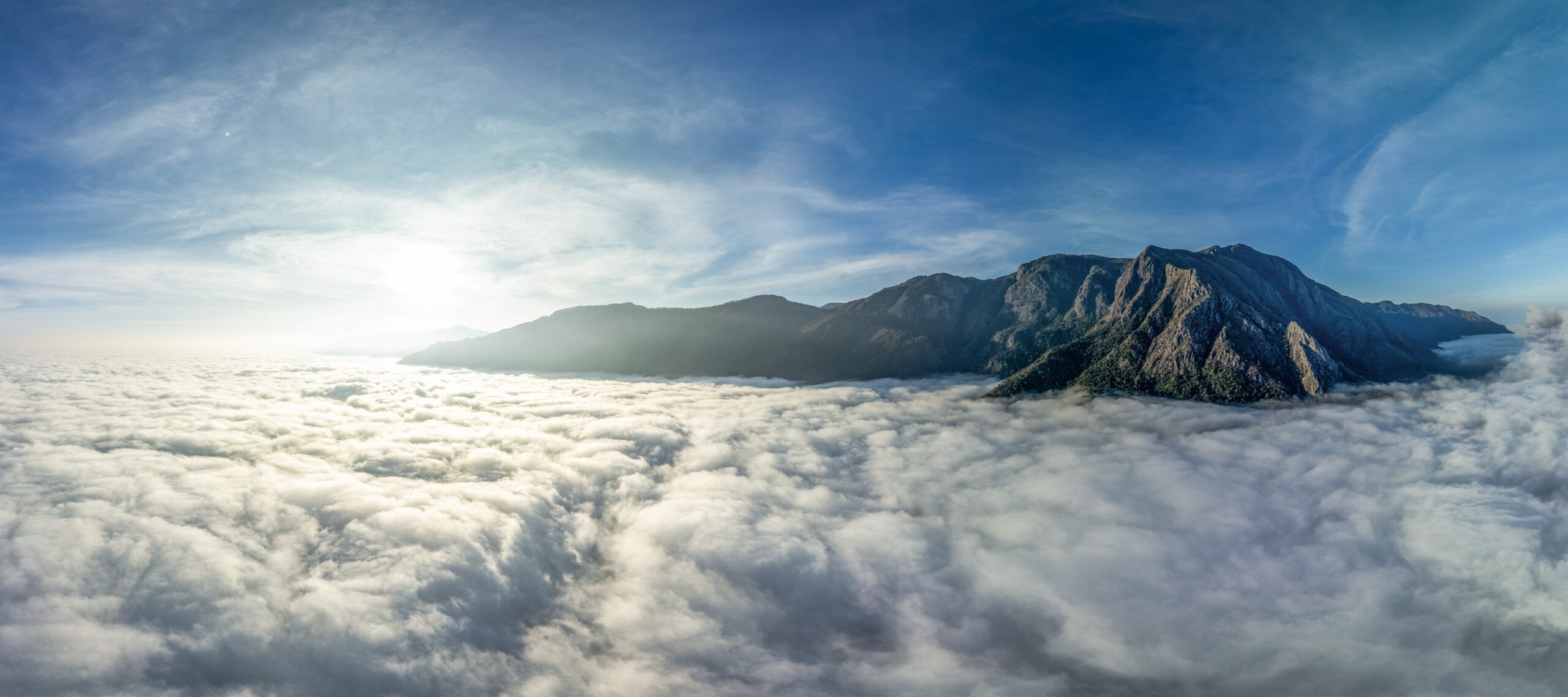
The Nilgiris
Produced by Rohini Nilekani Philanthropies and Felis Creations, Nilgiris: A Shared Wilderness captures wildlife and coexistence in the Nilgiris like never-before. The 75-minute docu-feature takes the viewers through the Shola grasslands that turn frosty during winters; across the folds of the mountains that green after the monsoons; inside the dens of dholes and the nests of hornbills; into the clouds and along the Nilgiri tahr habitats; under the water by the tadpoles of Malabar gliding frogs; inside the tapestry of tea estates where both humans and leopards are on duty; and in urban gardens and neighbourhoods where spotting gaurs and sloth bears is not unusual anymore.
Blending suspense, rich storytelling and gripping music, the film narrates the history of the Nilgiris and the changes in the landscape, while capturing the important wildlife and their roles in the ecosystem. But its central theme revolves around shared wilderness. That is why most of the film was shot outside protected areas, shares Kadur. “In terms of the protected areas we did go inside to film the Nilgiri tahr. In some places we did the scenic shots and some aerial shots to show the Shola grasslands, the connectivity, and the mountains. But most of the places in the Nilgiris are human-dominated. About 80% of our filming was done in tea gardens, people’s backyards, non-protected areas, and coffee estates, where there’s a constant flow of people,” he says.
For Kadur, documenting the Nilgiris was very important. “The Nilgiri mountains are home to species endemic to the region and not found anywhere else in the world. Many of the species in the Western Ghats were first described from the Nilgiri hills — the Nilgiri marten, the Nilgiri langur, the Nilgiri tahr…the list goes on. It’s one of the most intensively studied parts of India. So, despite having a long history of documentation, no one had really compiled it into this kind of a story (docu-feature) about this unique hill range. So, when Rohini (the chairperson of Rohini Nilekani Philanthropies) asked about this landscape, that’s when we came up with the idea,” shares.
While the film didn’t dwell on human-wildlife conflict, it showcases what Kadur refers to as the “common conflict stories” in the Nilgiris – gaurs crossing the roads and coming in contact with vehicles, leopards in tea estates or attacking pets, sloth bears entering houses, and leopards coming for the pigs and dogs that scavenge near the garbage dumps or mismanaged waste.
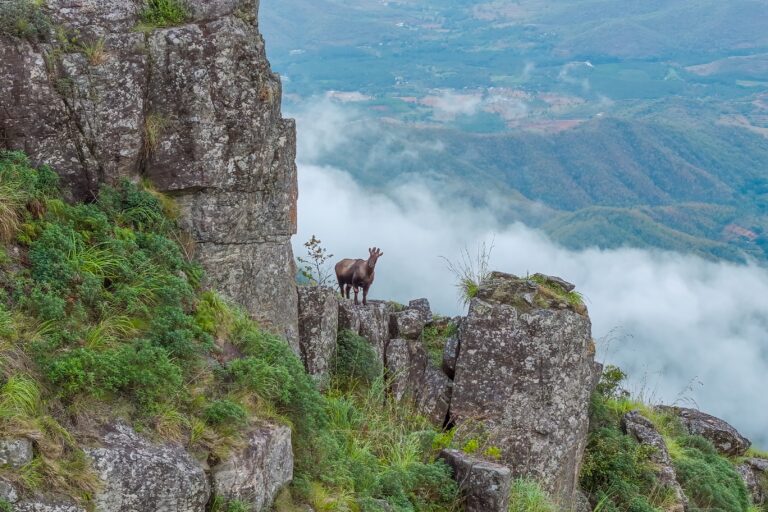
Challenges in environmental filmmaking
The team from Felis Creations stayed in the Nilgiris for two years through changing seasons, and multiple teams of people with cameras and drones would document different stories, all happening simultaneously across the Nilgiri mountains.
Talking about some of the challenging sequences they filmed, Kadur says, “The scenes with the wild dogs (dholes) were tough. Getting access and getting there, finding the dens and the pups to tell their story — it had its set of complications. Some of the underwater shots were technically challenging. And filming the monsoon was also tough. But that’s when you really get the energy; there are waterfalls, the water’s flowing over your vehicle… the challenges of filming in the monsoon were definitely there, including the risks to the equipment coming in contact with the moisture.”
The filmmakers also need to be conscious to not disturb the wildlife in the process. “We’re constantly with a long lens — a 1,000 millimetre lens. We’re always pretty far and if we’re by a tea estate the animals come closer because we’re there where the people are always there. As wildlife filmmakers, we have to be very conscious about not disturbing the animals, because if we do, then we’ve lost our story.”
The team was met with another challenge. The forest department instructed the filmmakers to remove the camera trap footage from the film, recorded in private properties, owing to the risk of the footage disclosing the location of the wildlife. “We did eliminate the content that we used camera traps (in private lands),” comments Kadur, adding, “Camera traps are really non-intrusive ways to film unique behaviours of animals. We as storytellers use it to drive our stories. Documentaries like these are important in helping protect vast landscapes to increase the understanding of species living alongside humans.”
Kadur says he believes that it is only with improved “collaboration and synergy” among NGOs, forest departments and storytellers, can environmental filmmaking have a greater impact. “If you turn on the television, you’ll see 100 documentaries about Africa and South America, and you’ll see one documentary coming out of India, right? Even the school kids know all about the giraffe, the zebra and the wildebeest and the cheetah, but they don’t know about the leopard and the sambar deer, the Indian elephant and the tiger. So, it’s a very skewed ratio where you see less good content coming out from India. There are restrictions (in India) for filmmakers to tell their story in a positive way… I think collaboration is key to bring science and storytelling to the forefront and push the conservation agenda,” he shares.
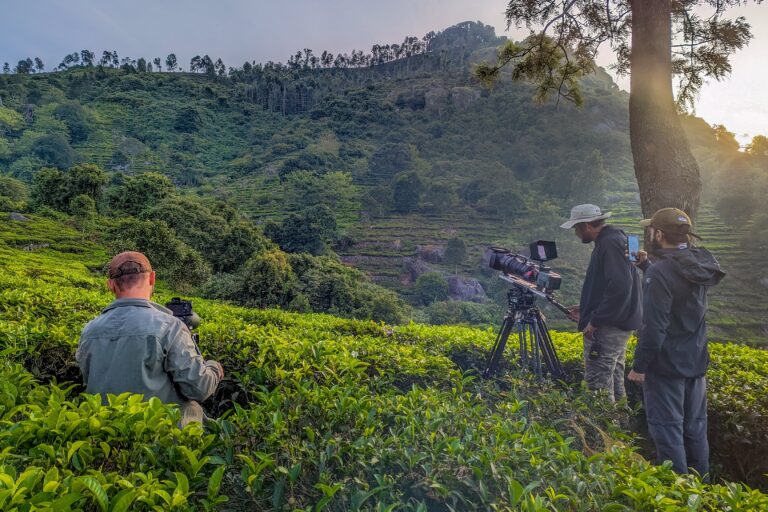
Spotlighting the lesser-known species
In Kadur’s films, several lesser-known species receive as much attention as the megafauna. This is because of the filmmaker’s interest to spotlight underrepresented endemic species. The Nilgiris film featured the Nilgiri spiny lizard, dragonflies, fig wasps, butterflies and cicadas. “You need to make that lizard cooler than it sounds. So, we bring in a story, a little bit of its behaviour and how it stalks and catches a fly…The whole buildup of that story makes the people remember the lizard,” he says.
“In the film we also show how the smallest fig wasp is related to a large ficus tree. So, we build these little food chain stories to show how interlinked everything is. The aim is also to show that humans are part of this natural world. Because if there are no people, the natural world will be fine. But if there are no insects, then the human world will collapse. The entire natural cycle of life will collapse. So, that’s how we want to show how the tiny fig wasp is so important,” Kadur adds about the need to educate people about the underrepresented species.
Among the several elusive wildcats he has filmed in the country, he states that the smallest wildcat in the world – the rusty spotted cat, is highly underrepresented. “Very little is known about its behaviour in the wild, and it would be a great cat to document more, find out more about its habits in the wild and where you can better protect them. We’ve just come upon a pretty cool story for them. And I would definitely love to highlight more about the wildcats across India,” he adds.
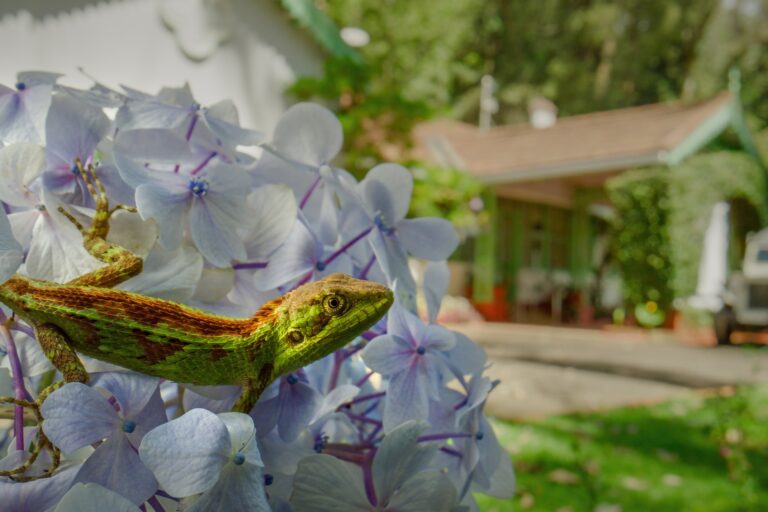
Stories yet to be told
Dotting the screenplay in Nilgiris…are visuals of the indigenous communities from the region, but their stories and interdependence with the biosphere reserve don’t feature predominantly in the film. “We definitely have a lot of content for a potential part two. We can even have voices from some of the cultures, like the Todas, the Badagas, the Kotas, and the Irulas. Maybe we’ll do short stories from the Nilgiris,” shares Kadur.
Right now however, his focus is on a documentary in progress about the Siang river. Reminding us that only about 5% of India’s area falls under protected area category, Kadur shares that all linear intrusions and development projects are further cutting down this percentage. “The dams across the Himalayas is a huge issue… some kind of spotlight needs to be brought onto these issues to stop rampant development. Also, the rising story is the story of human animal conflict, and you can see that happening across India tied to the kind of development projects that are going on. When you don’t have the (wildlife) corridors, then when elephants move from one place to the other, they are going to get into conflict with humans, which is going to cause fatalities on both the human side and on the elephants’ side.”
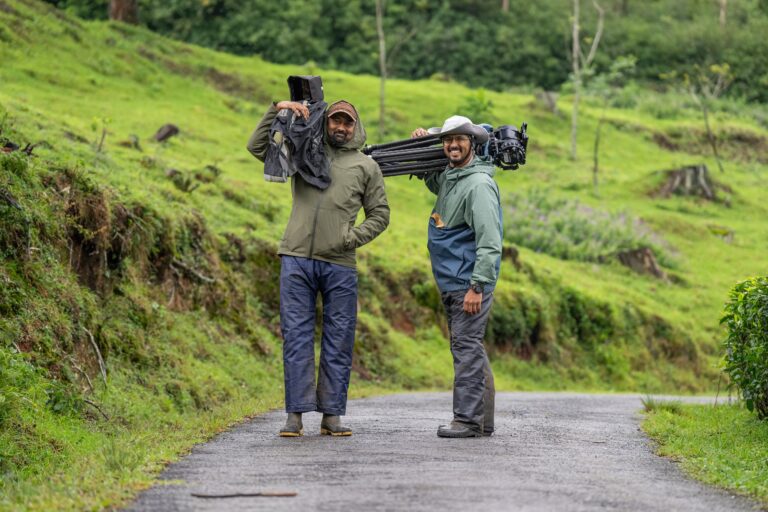
When asked about his dream projects, Kadur responds, “I love the mountain and marine ecosystems. In terms of mountains, I’d love to tell the story of the Himalayas – the roof of the world. These mountains need to be held sacred. They control the climate. They control the water. They control so much of what we need to survive. In the same way, the marine environments are also highly ignored. We (Felis Creations) want to provide this education in a capsule of entertainment to really make an impact.”
Watch: Poor waste management endangers humans and animals in the Nilgiris
Banner image: Sandesh Kadur. Image ©Robin Darius Conz/Felis Images.






